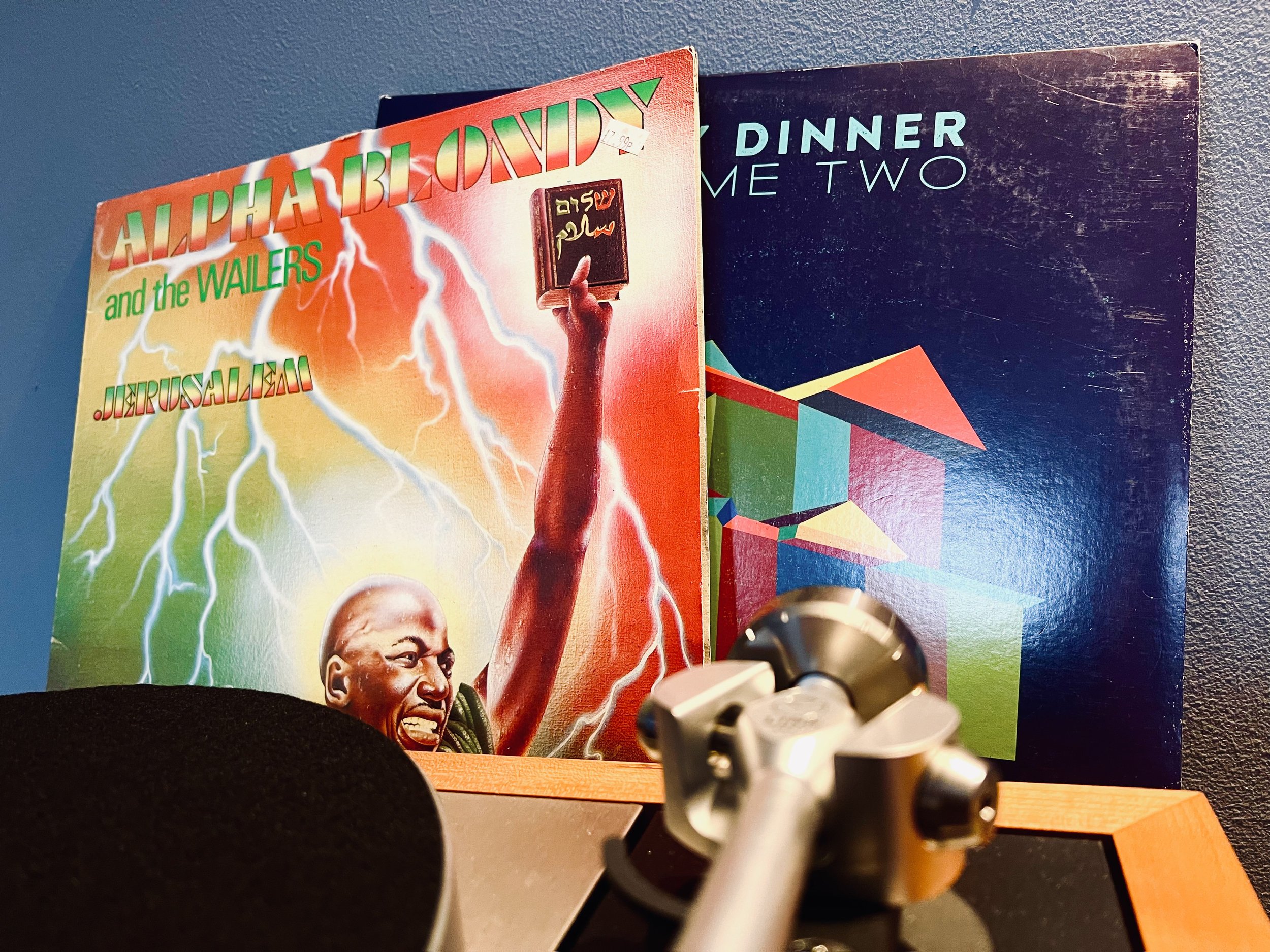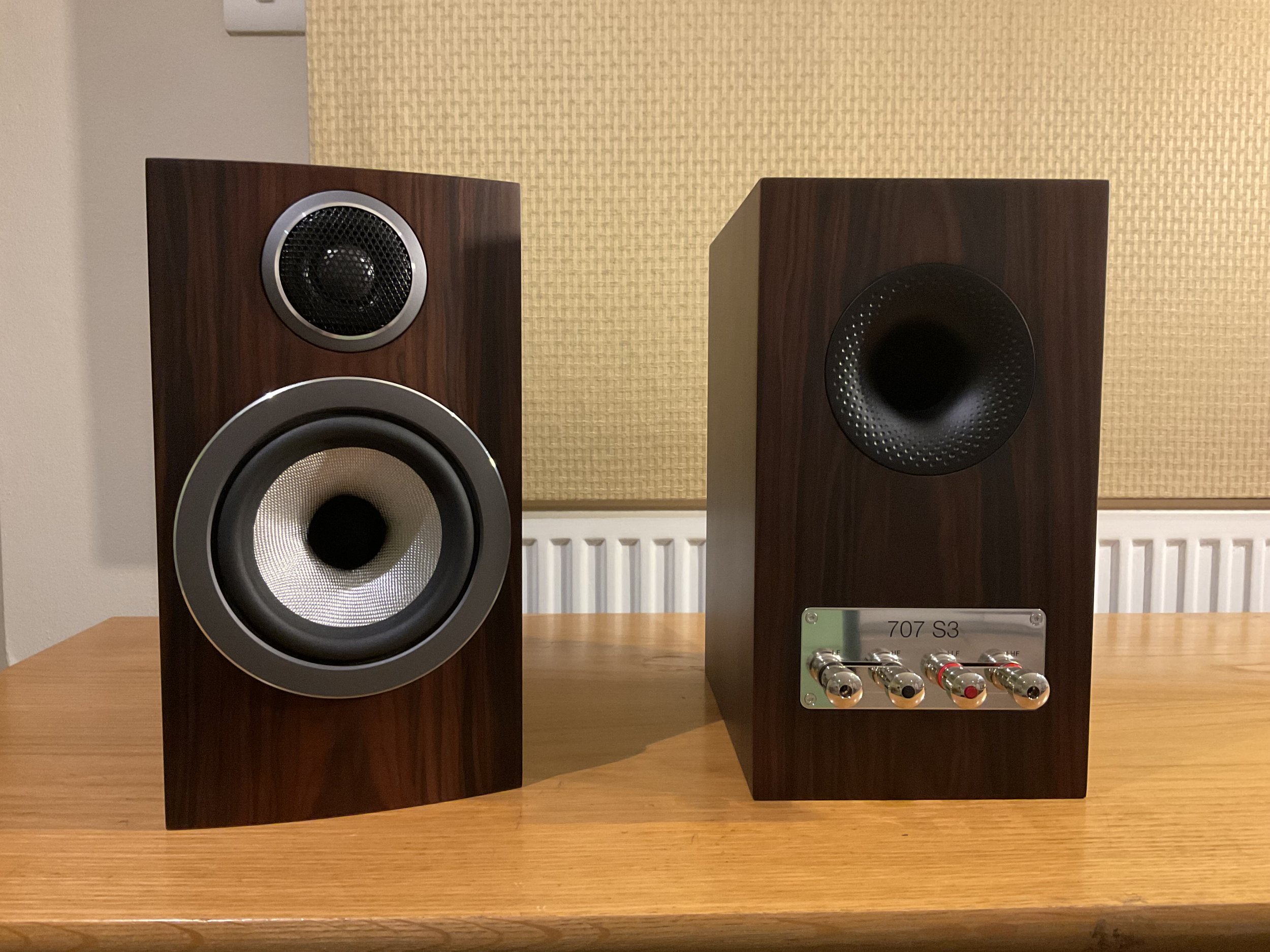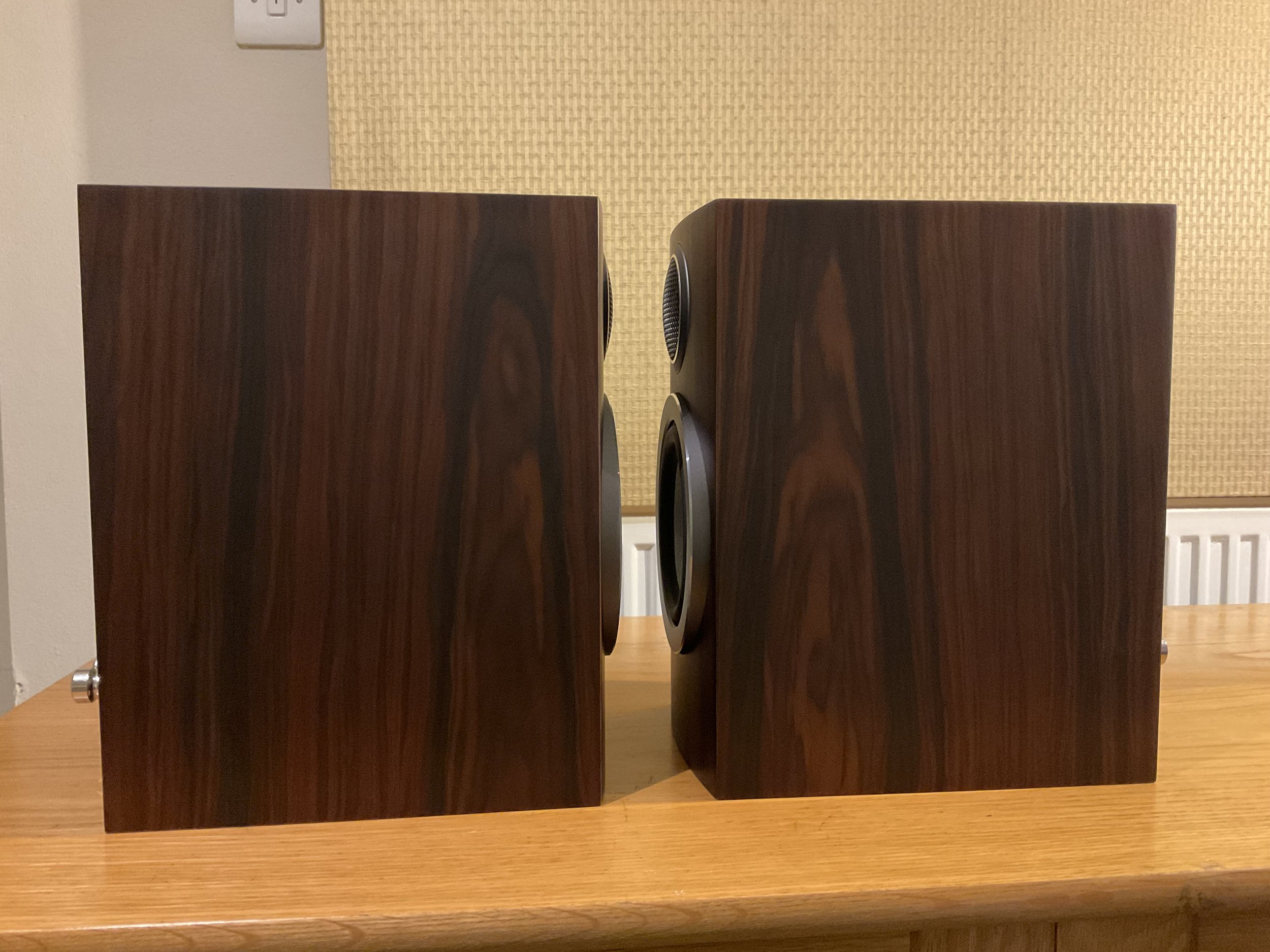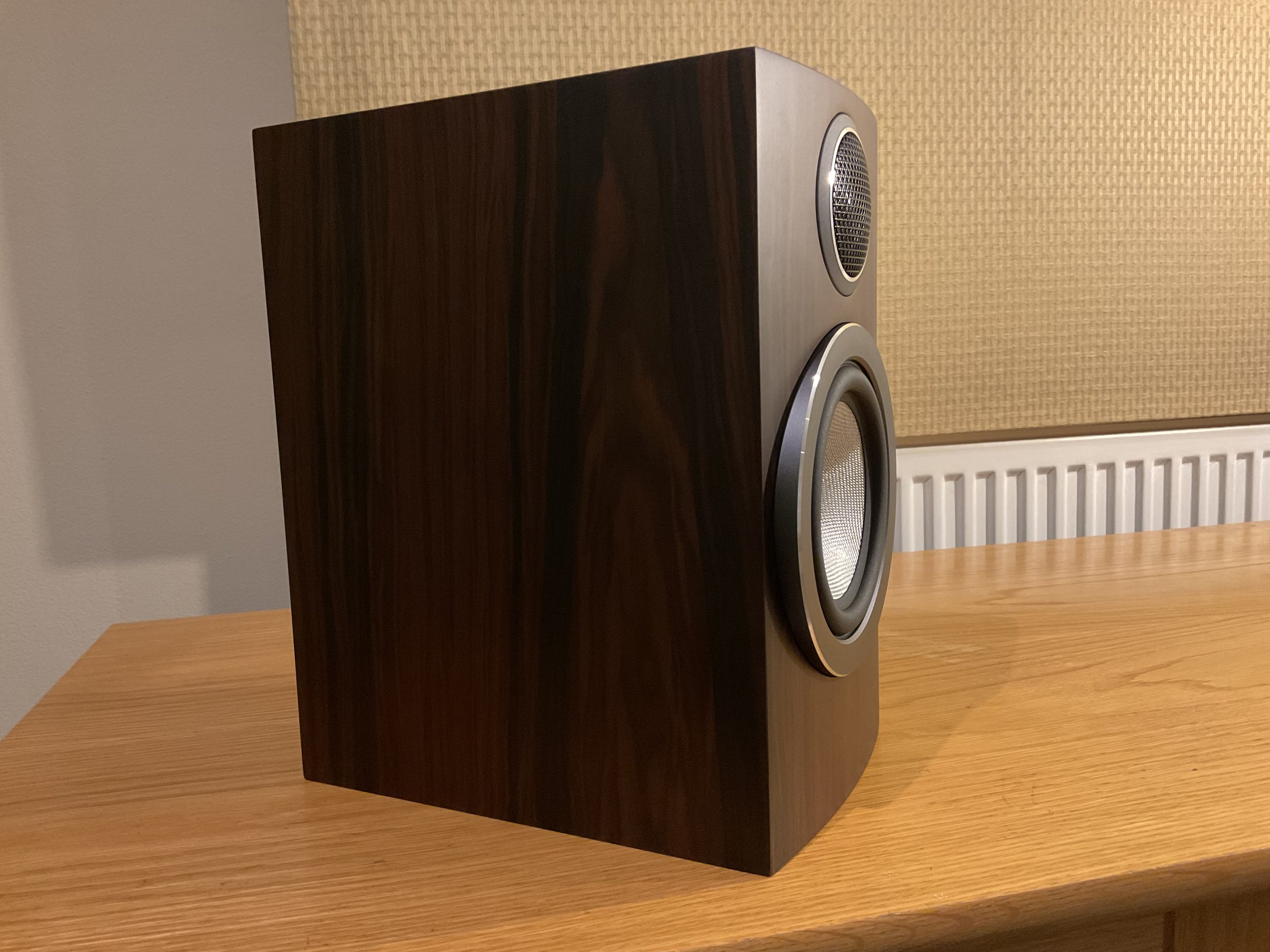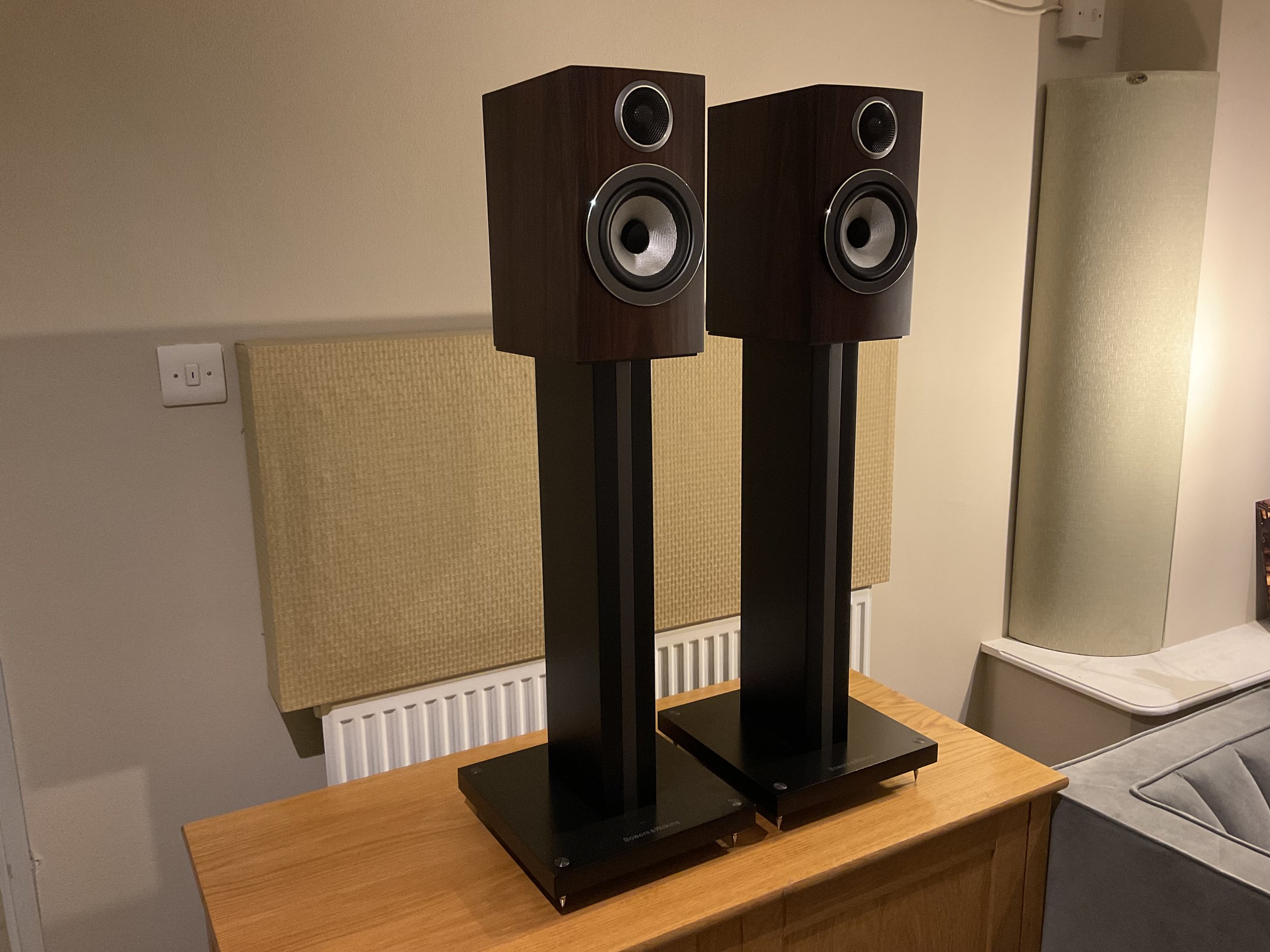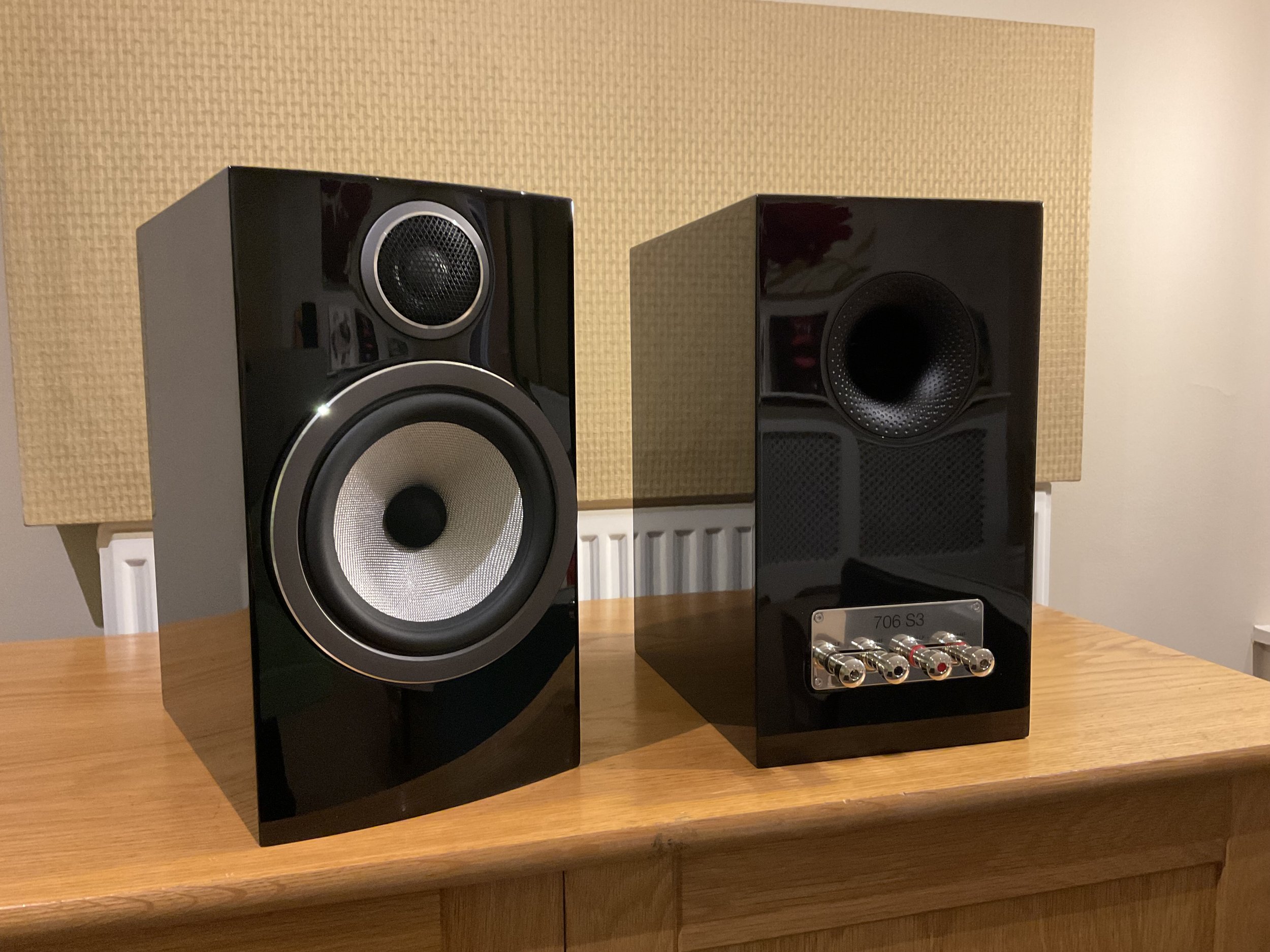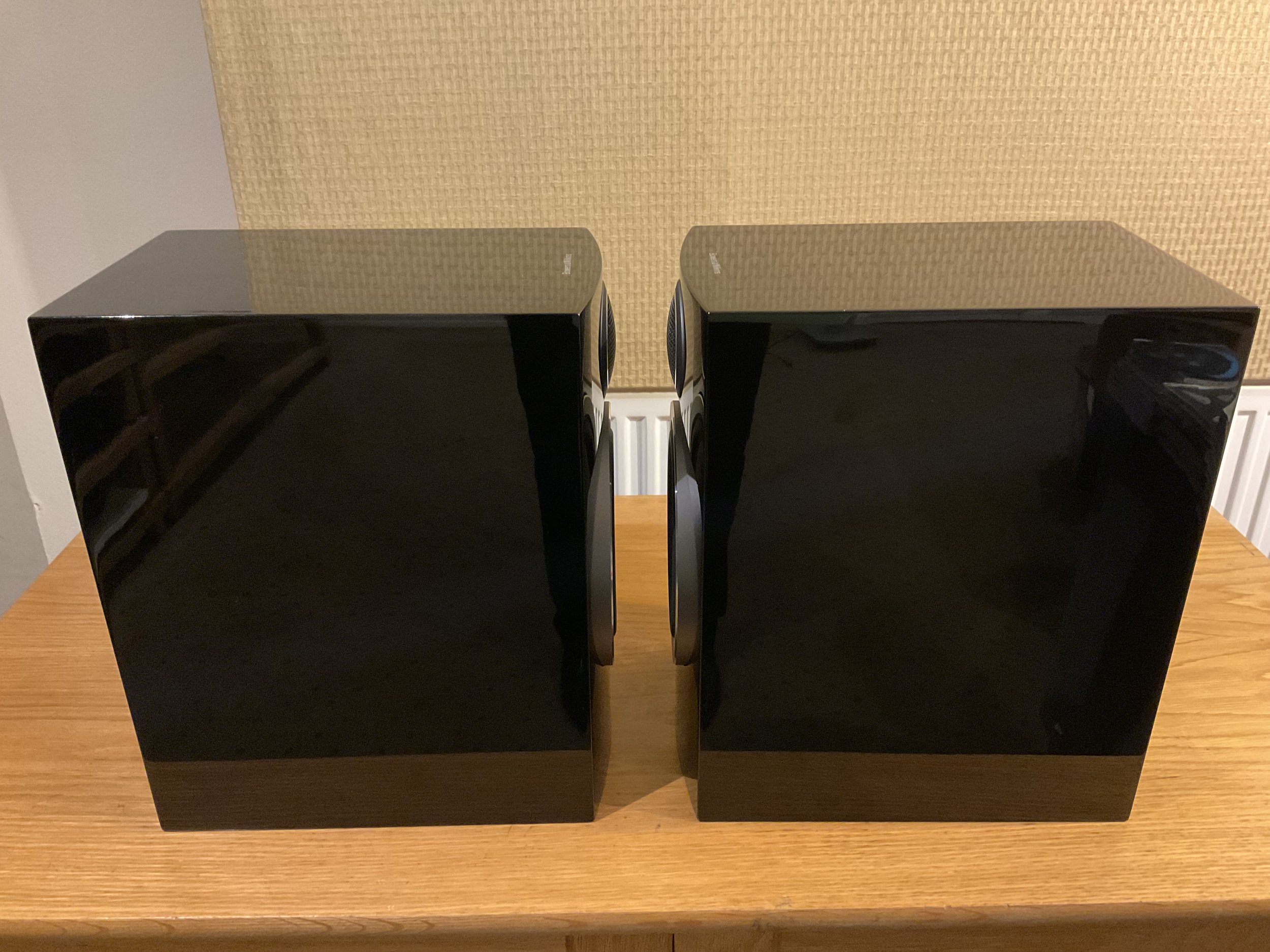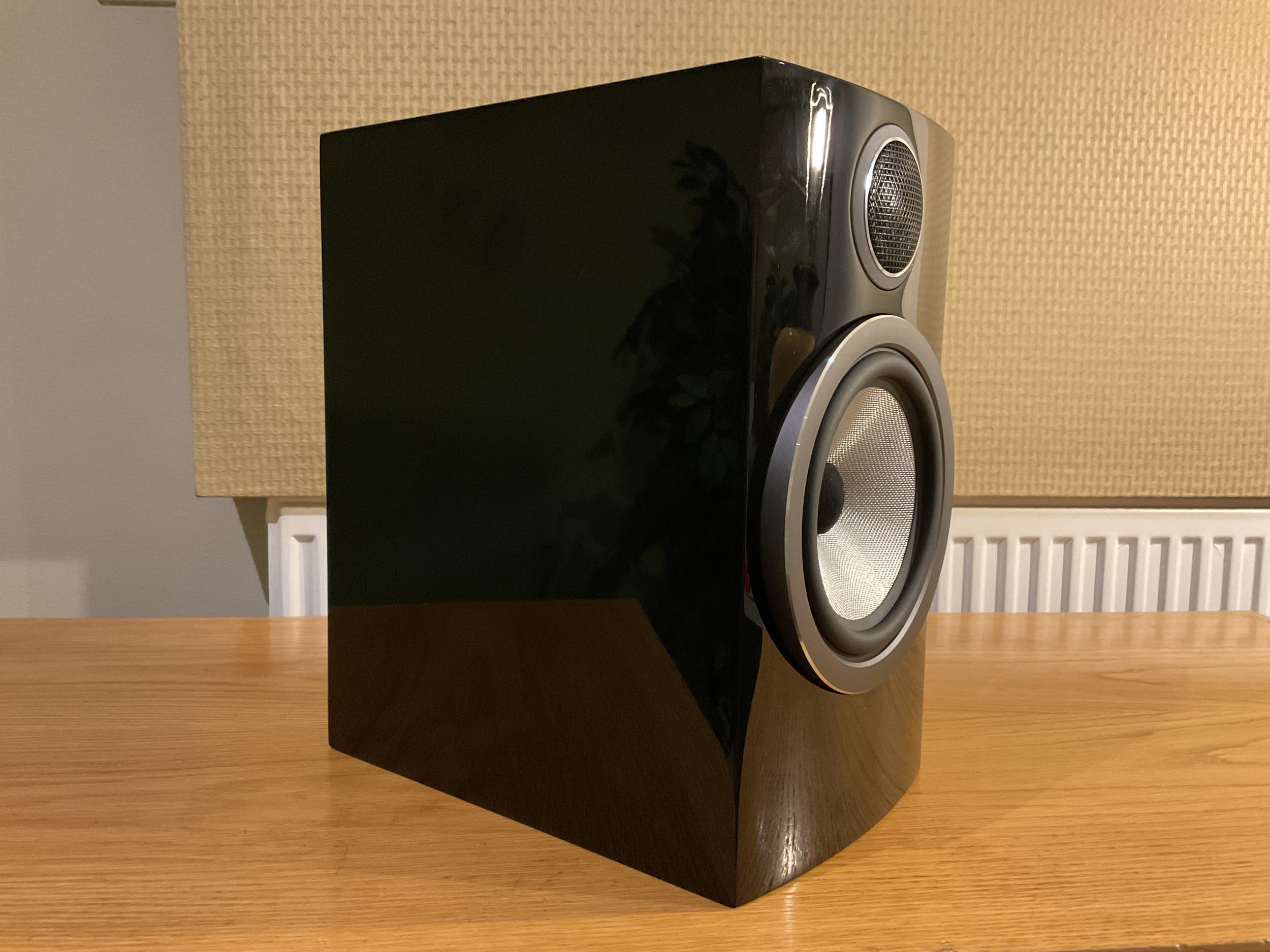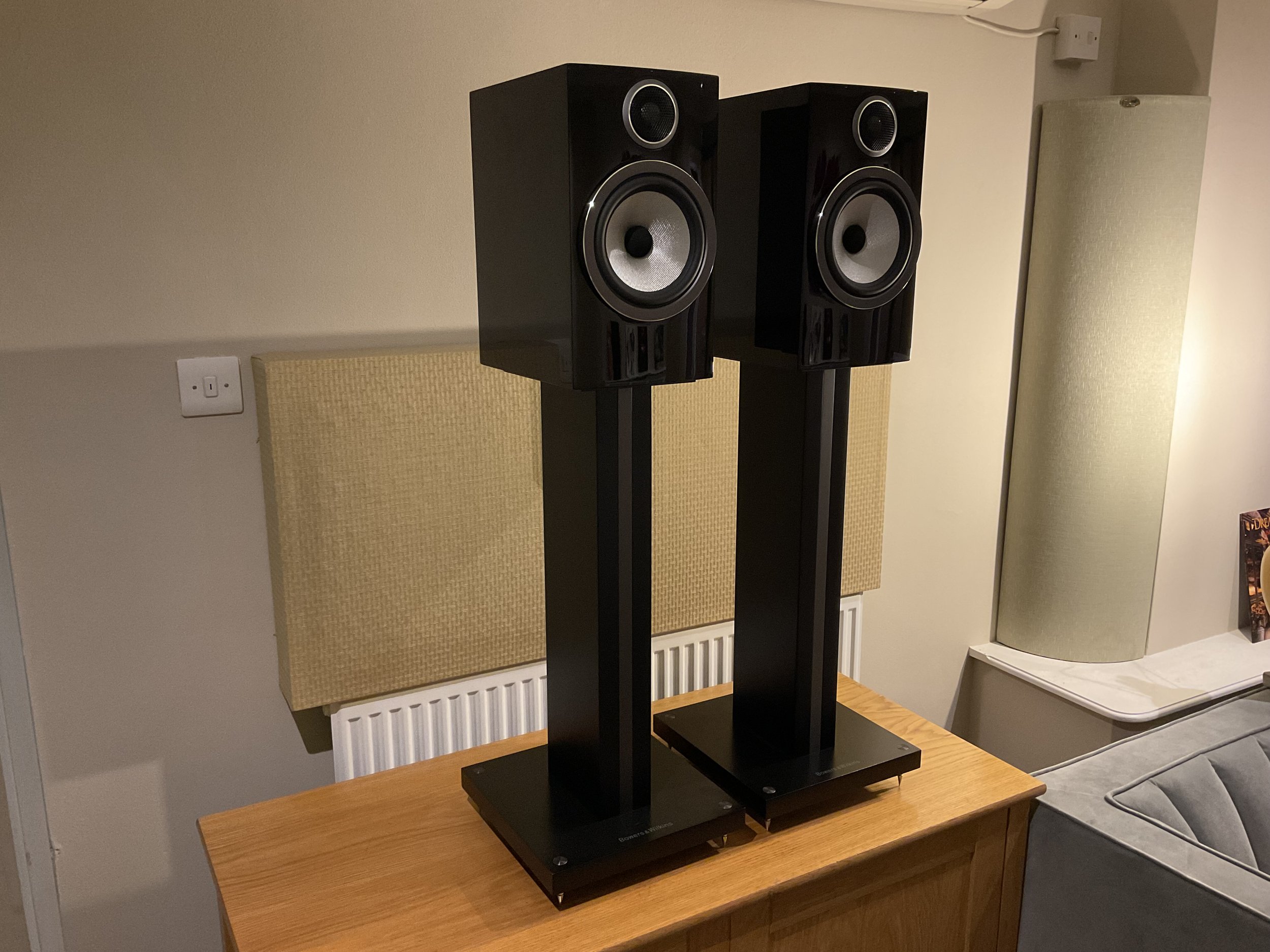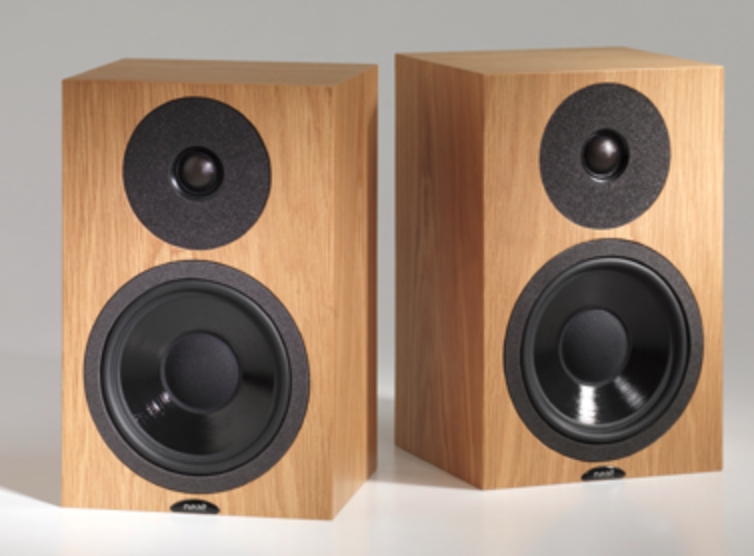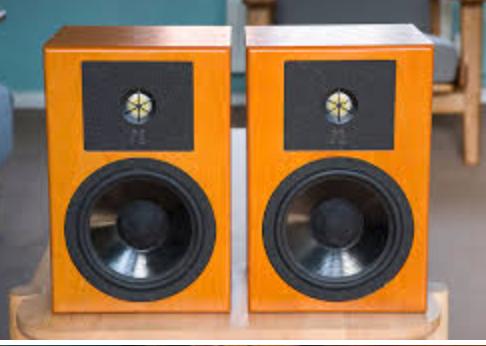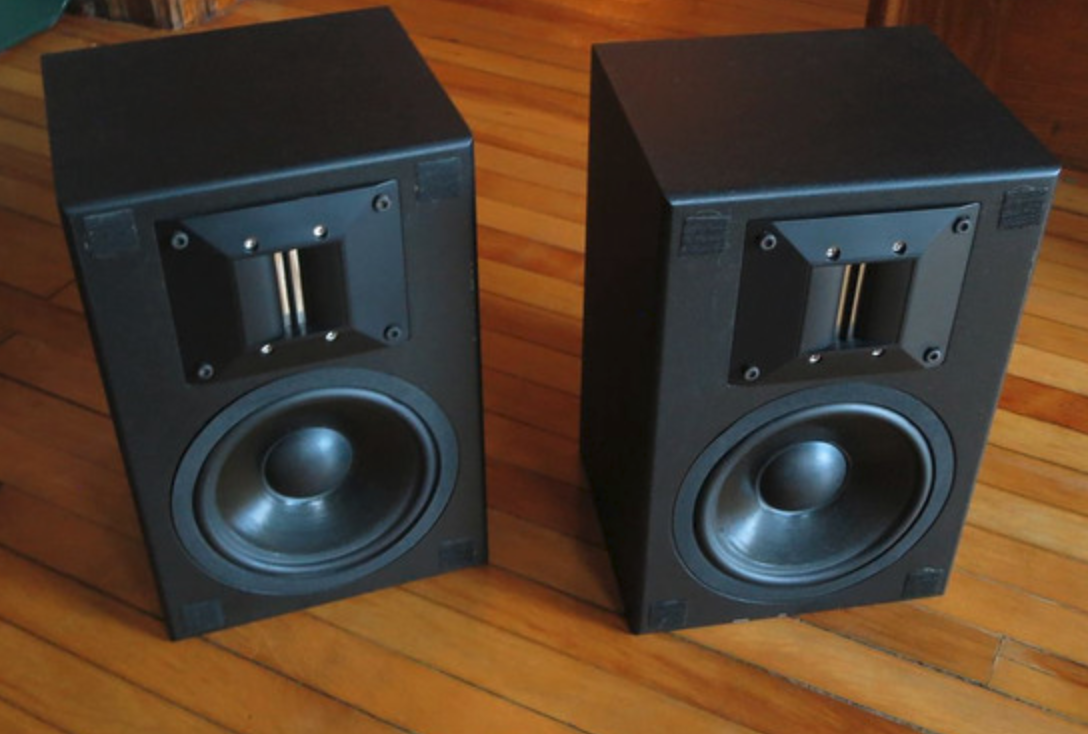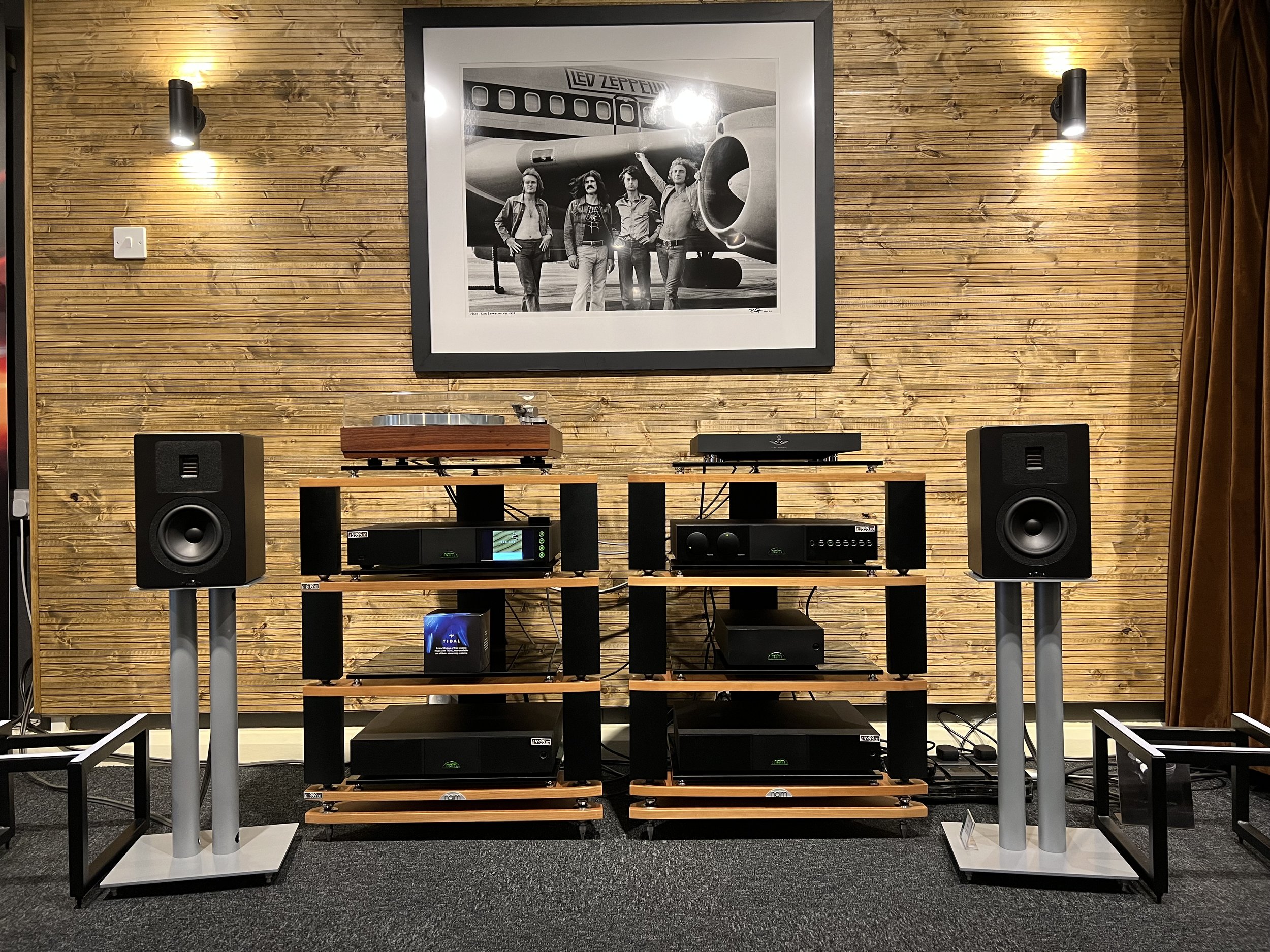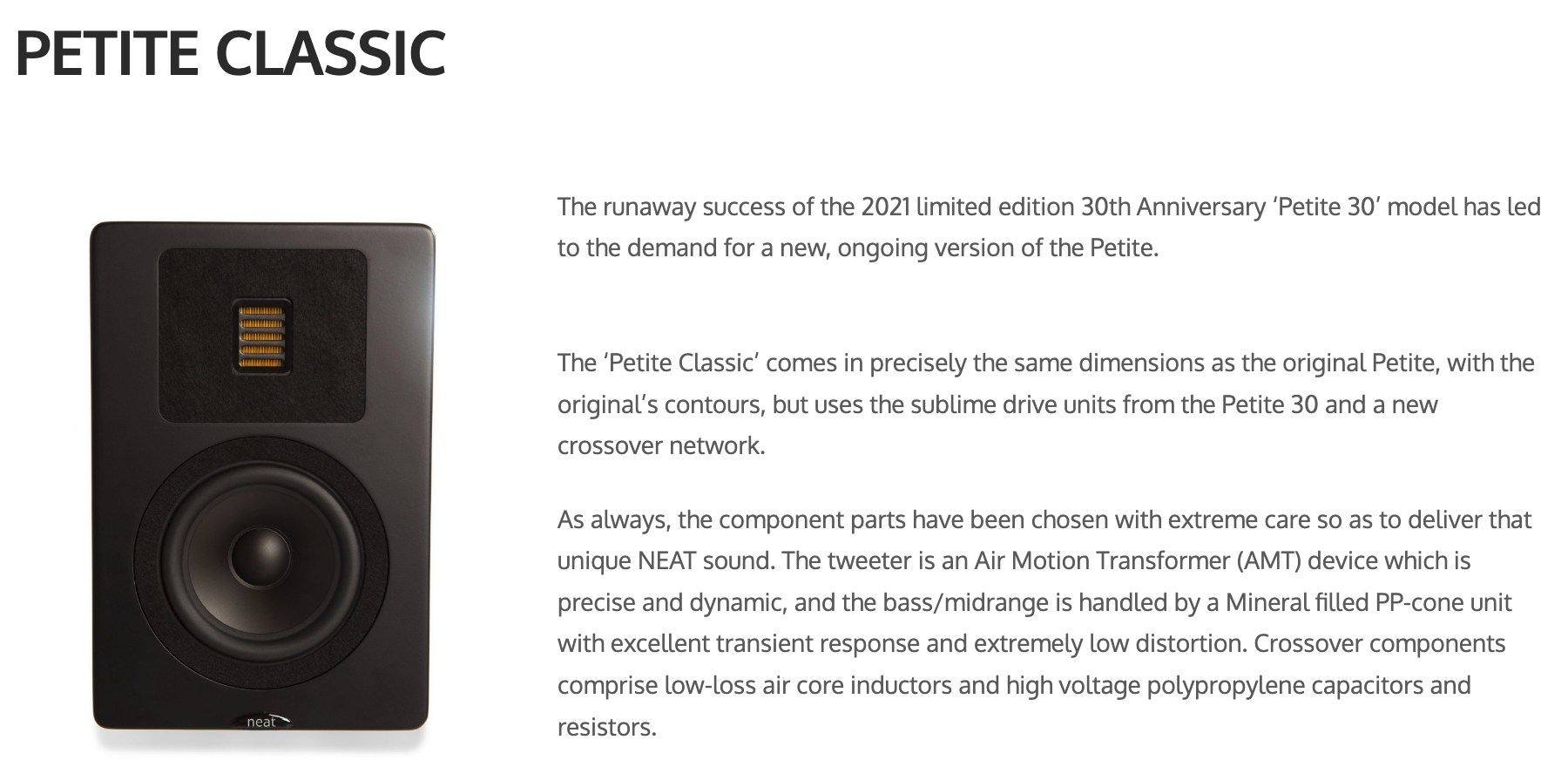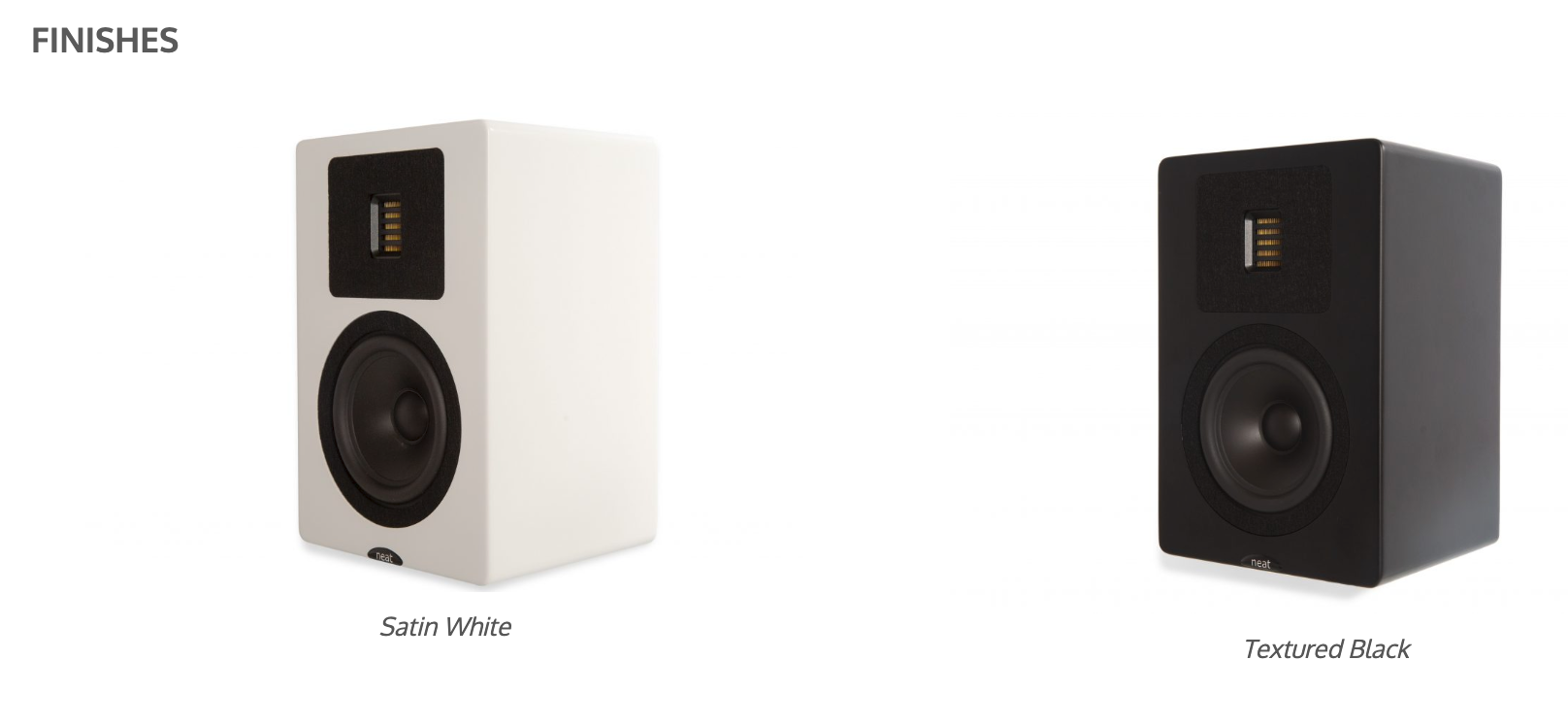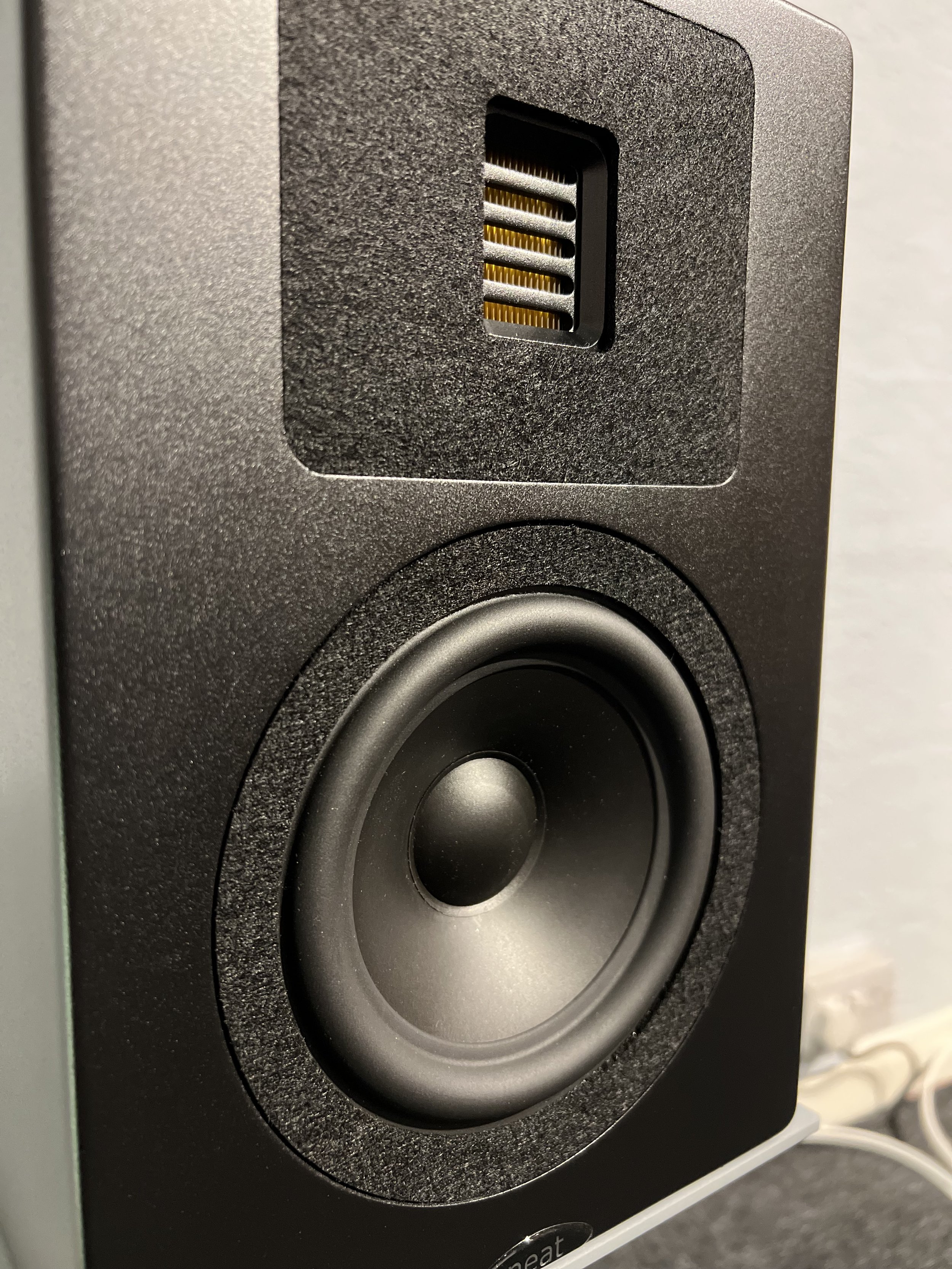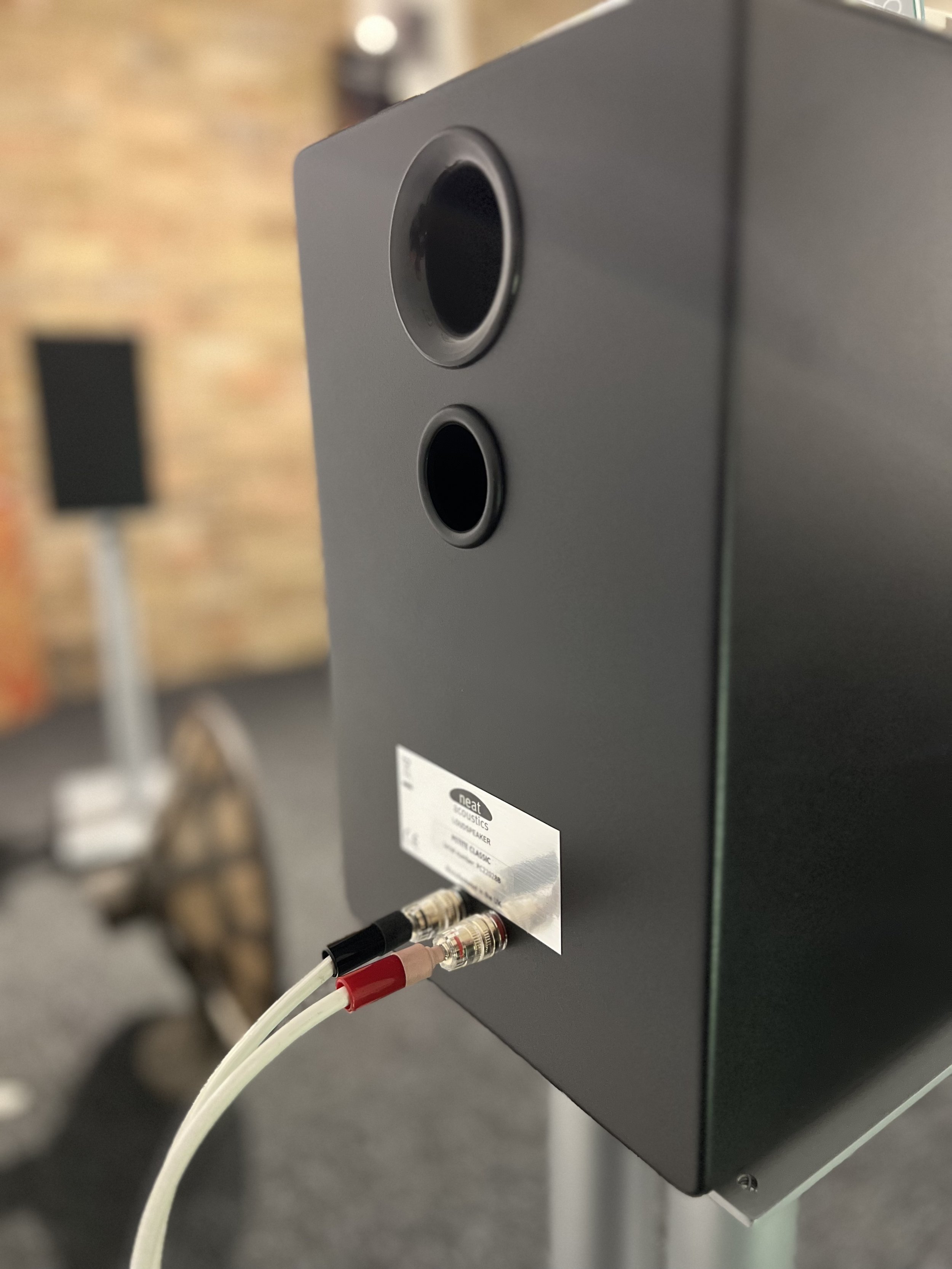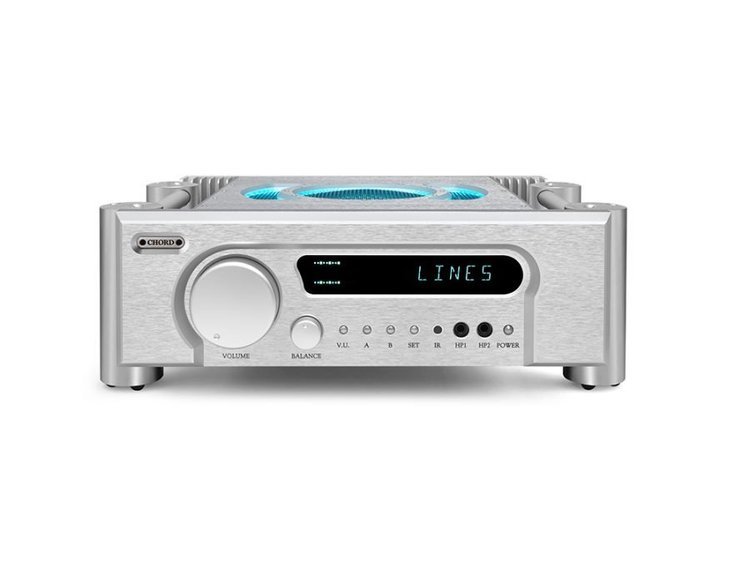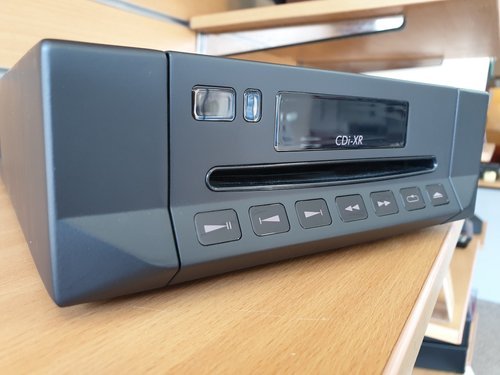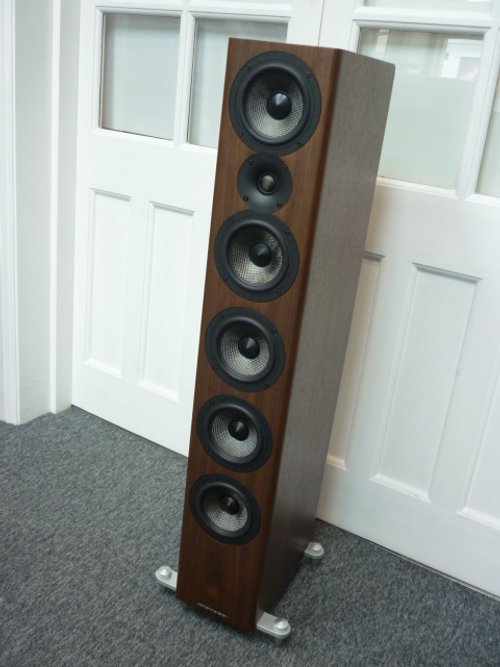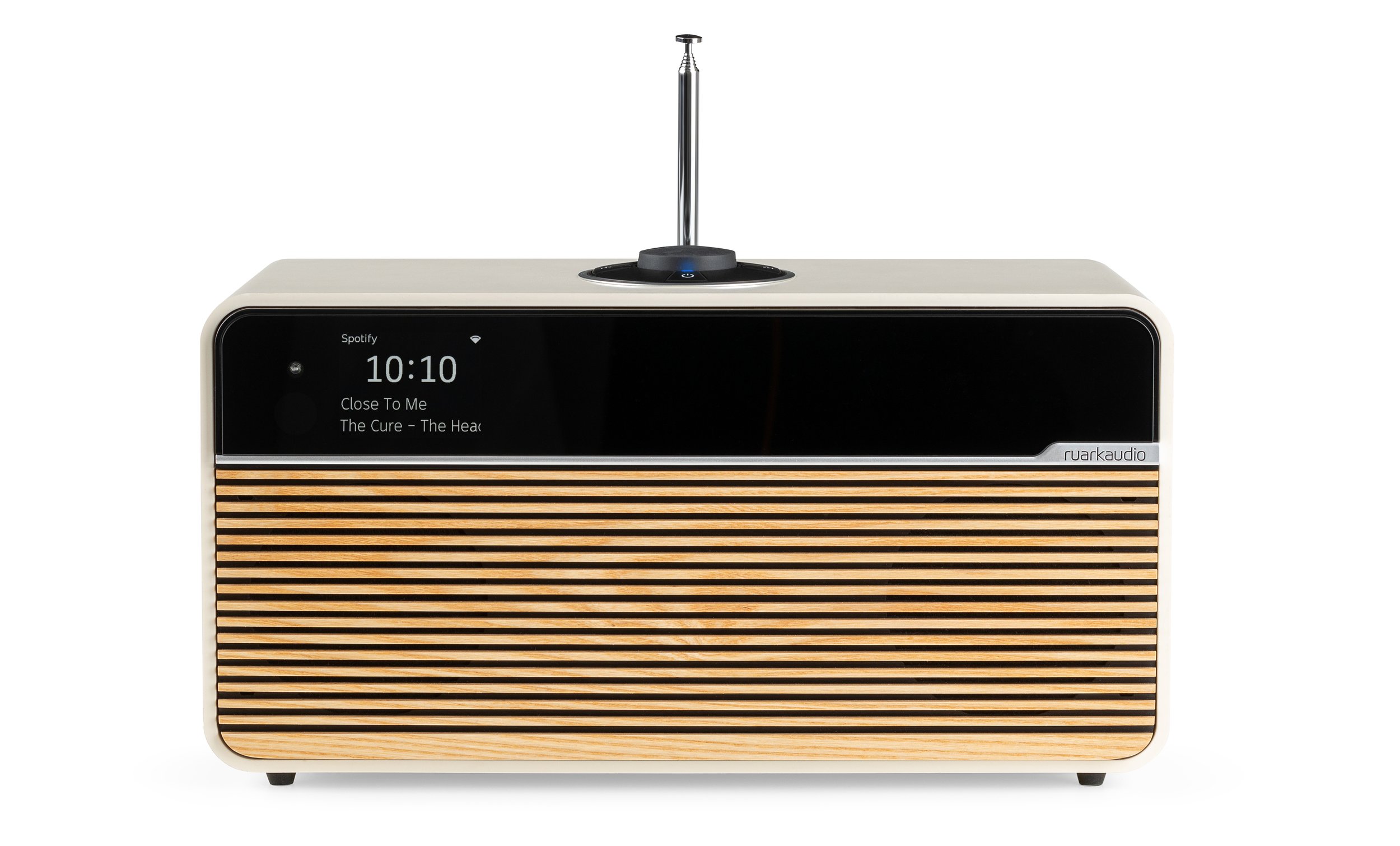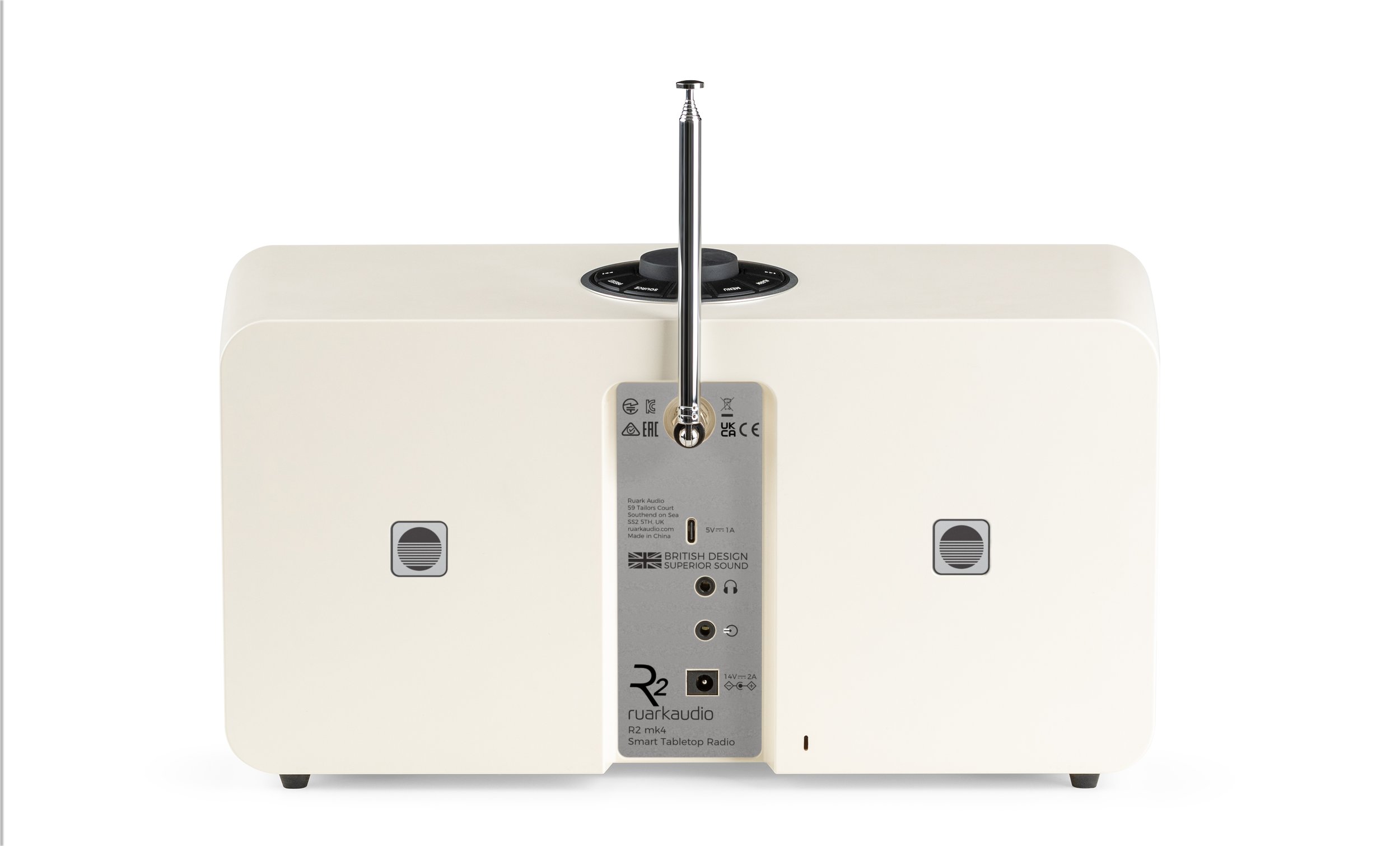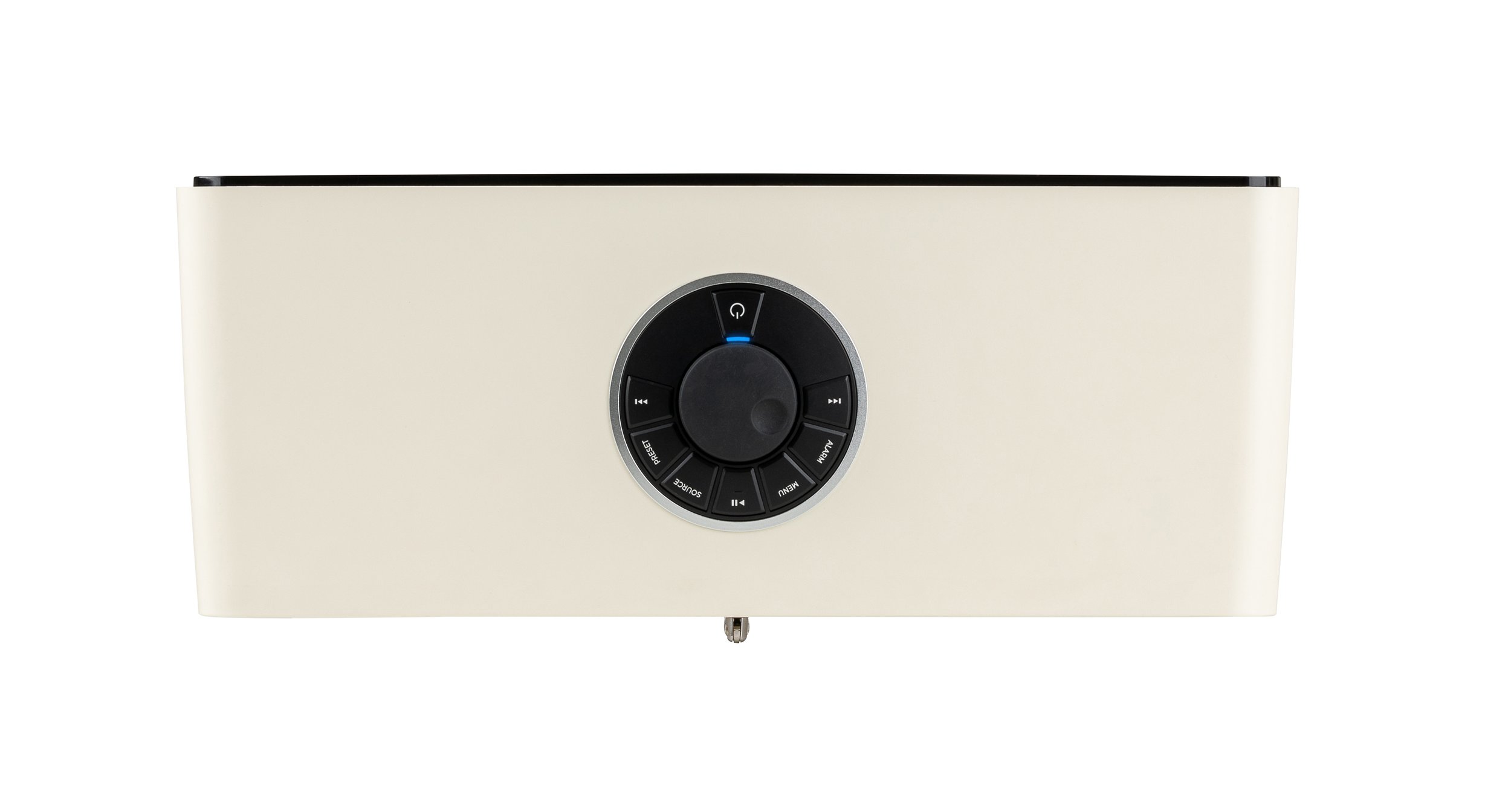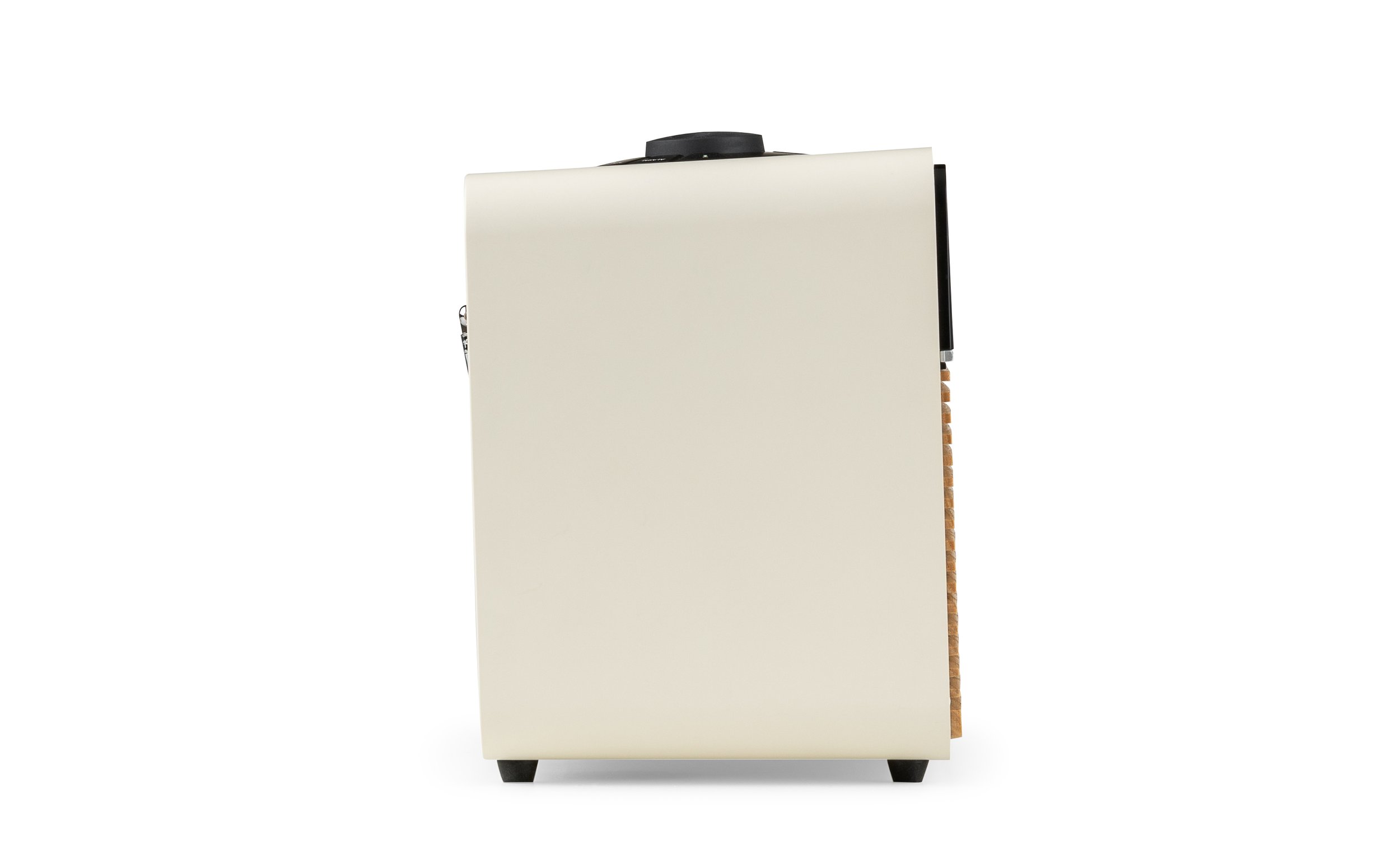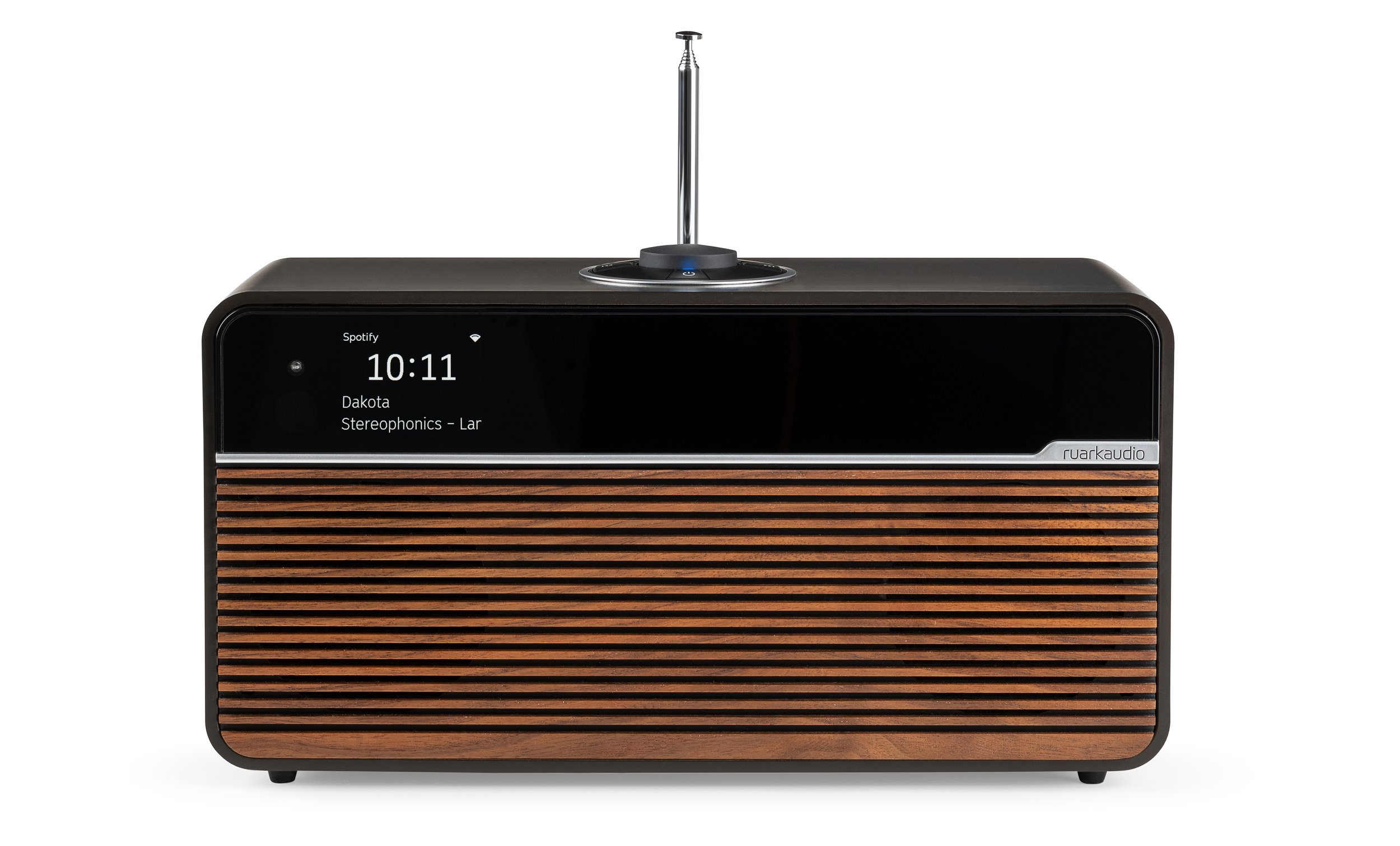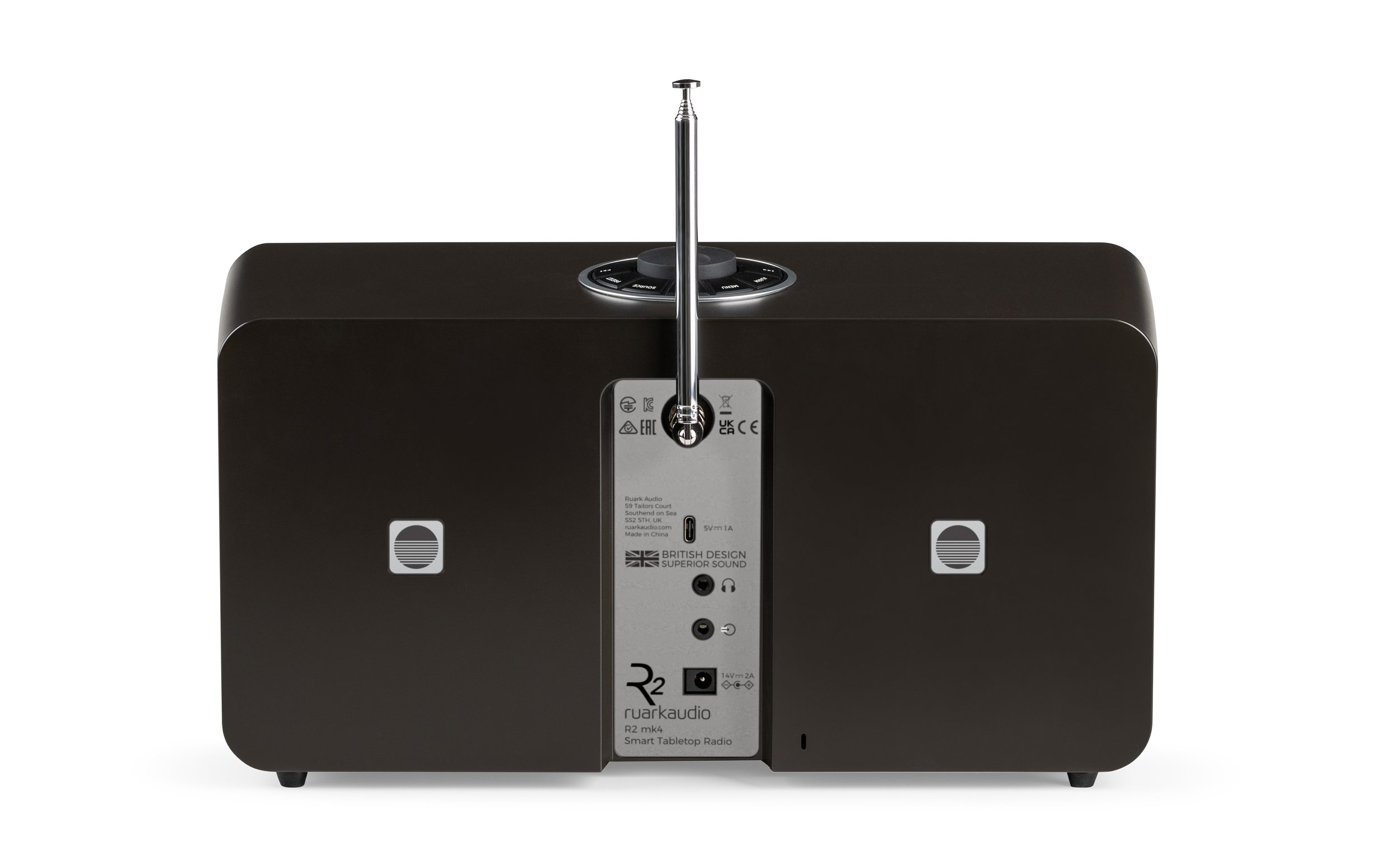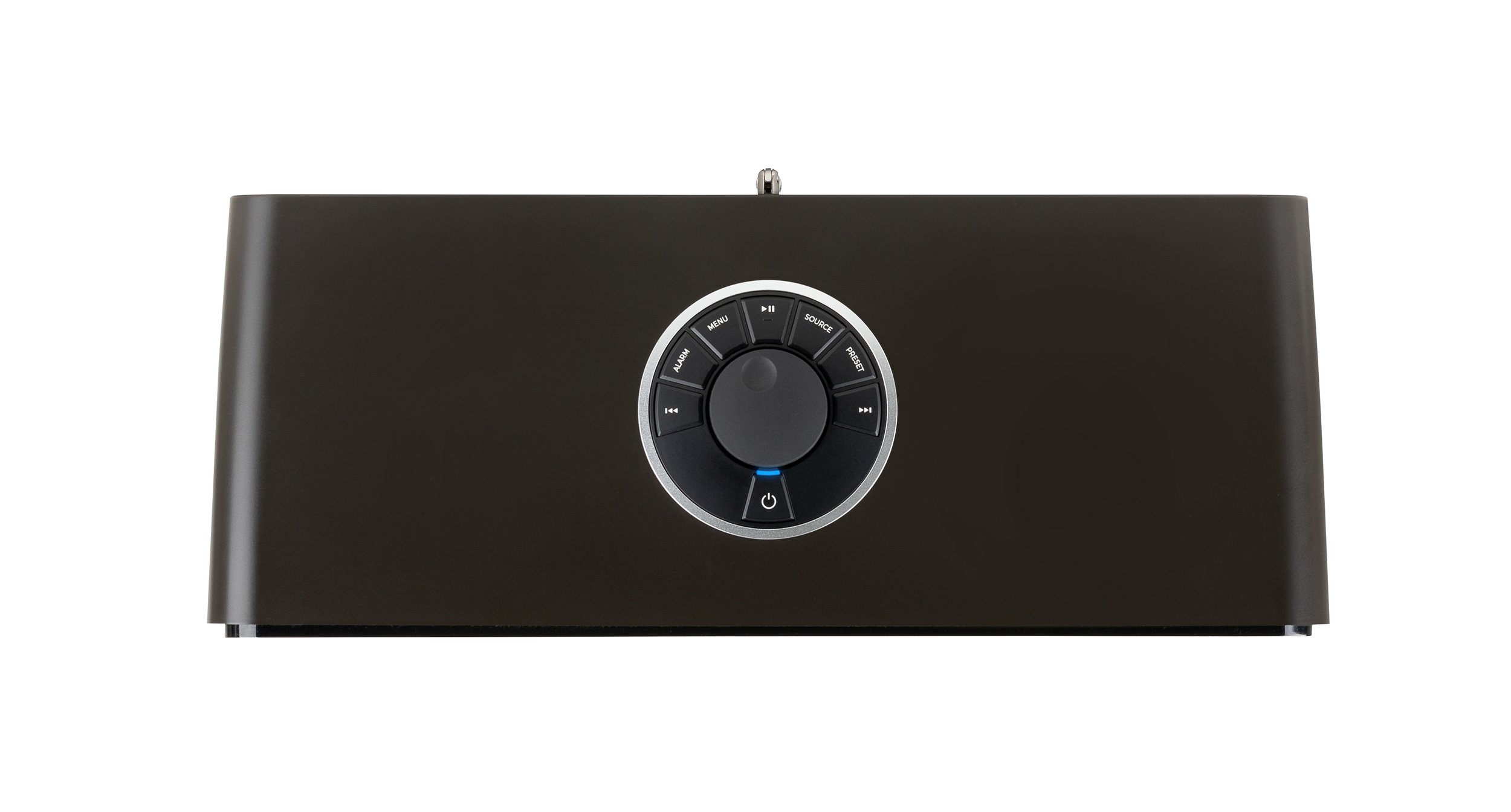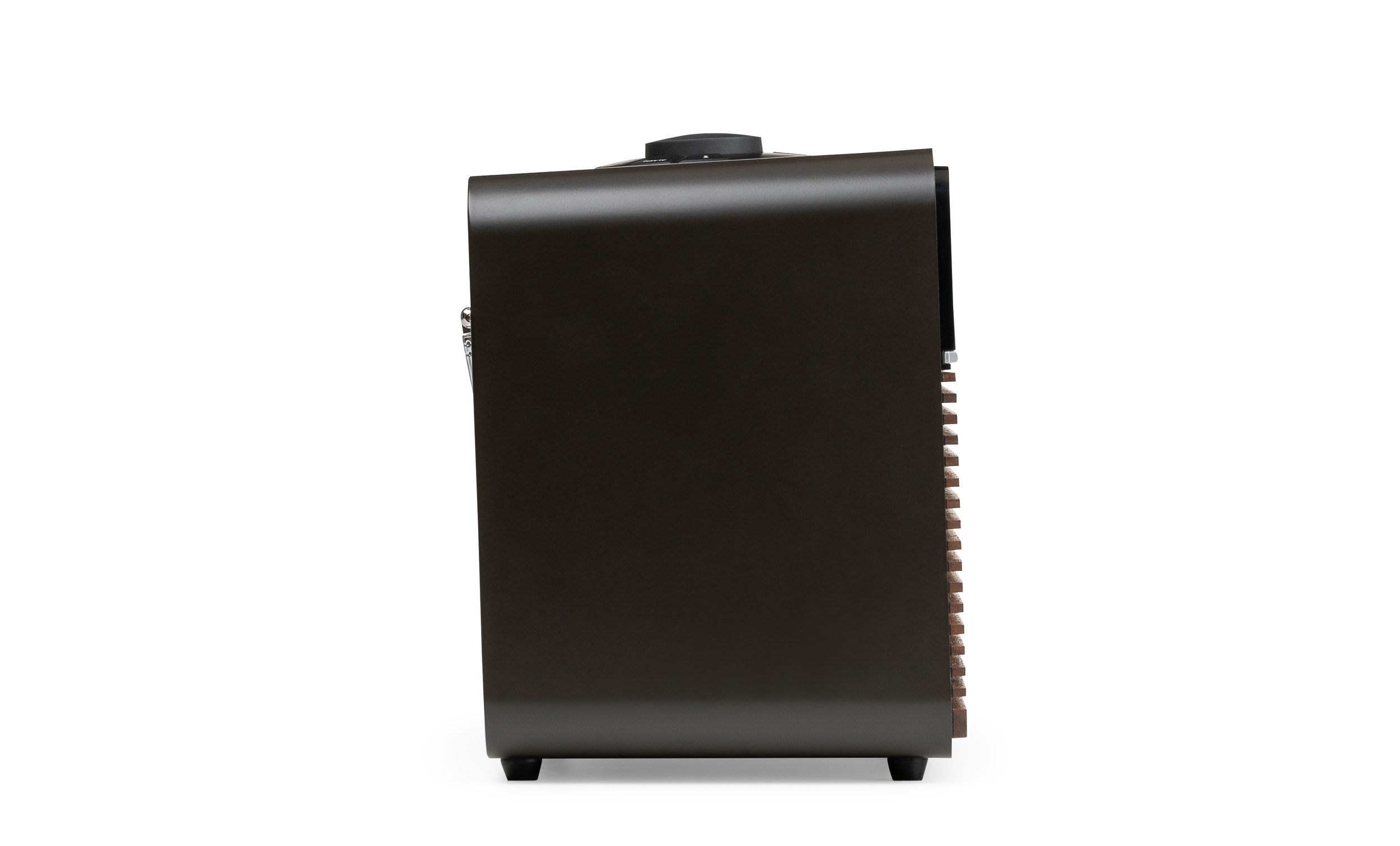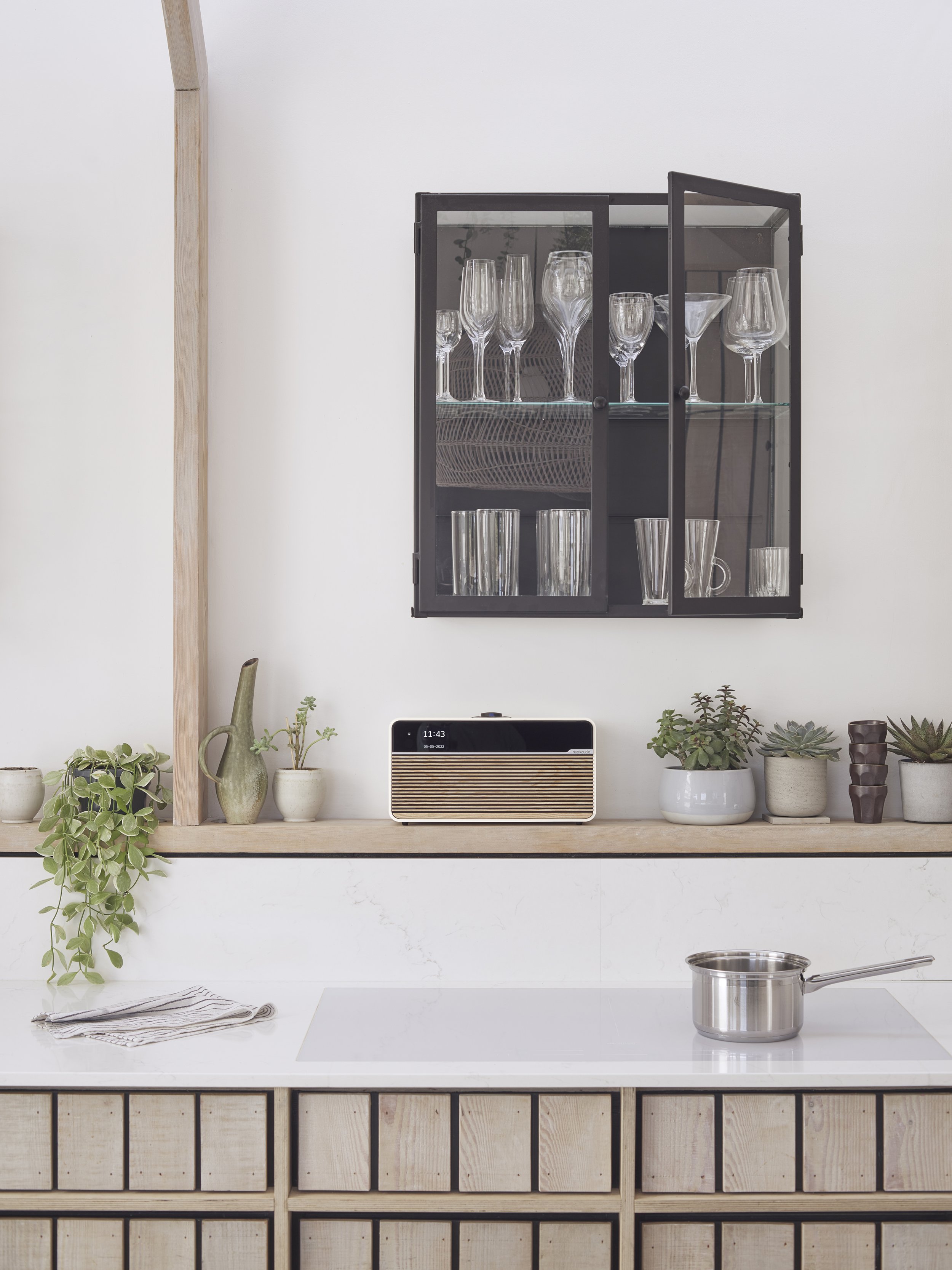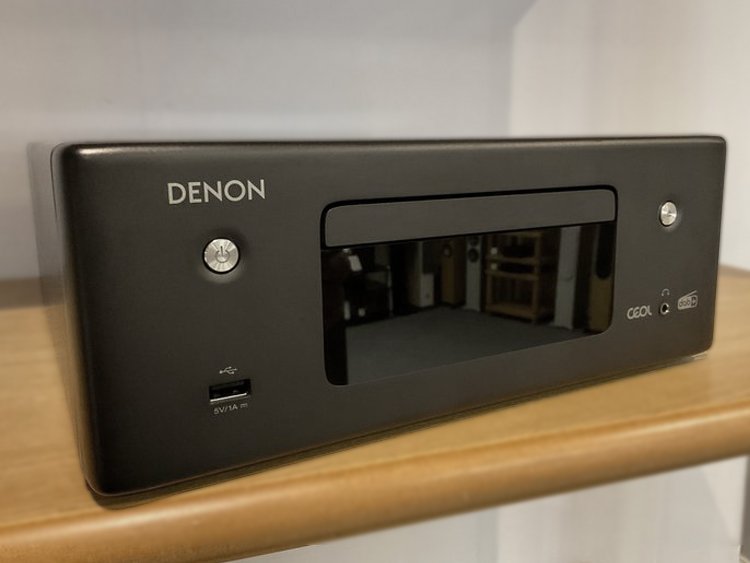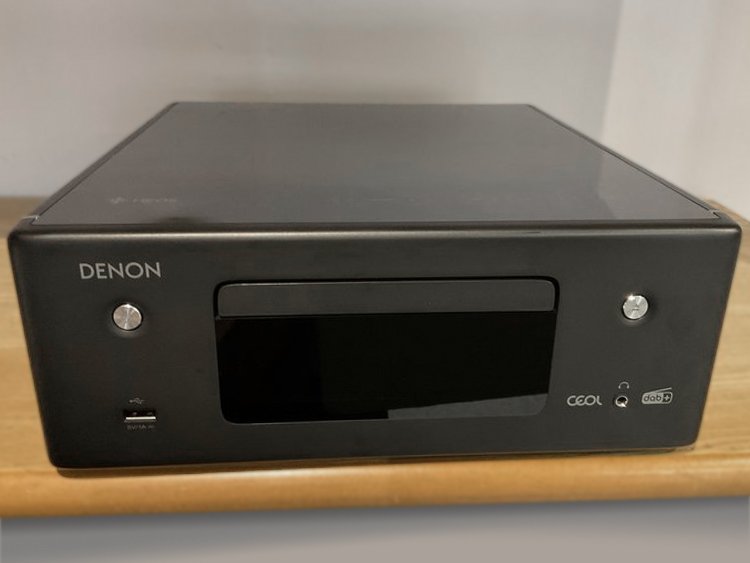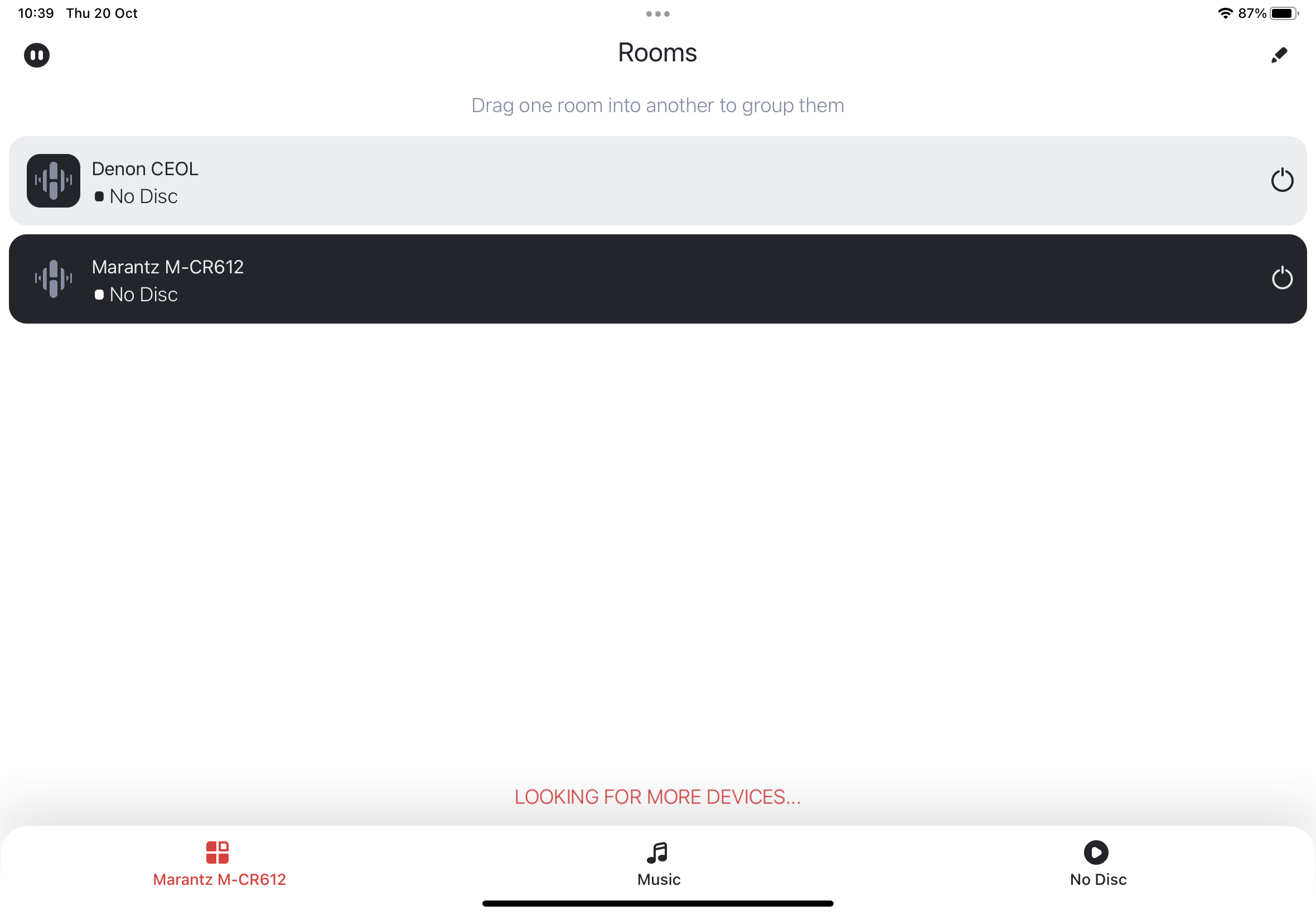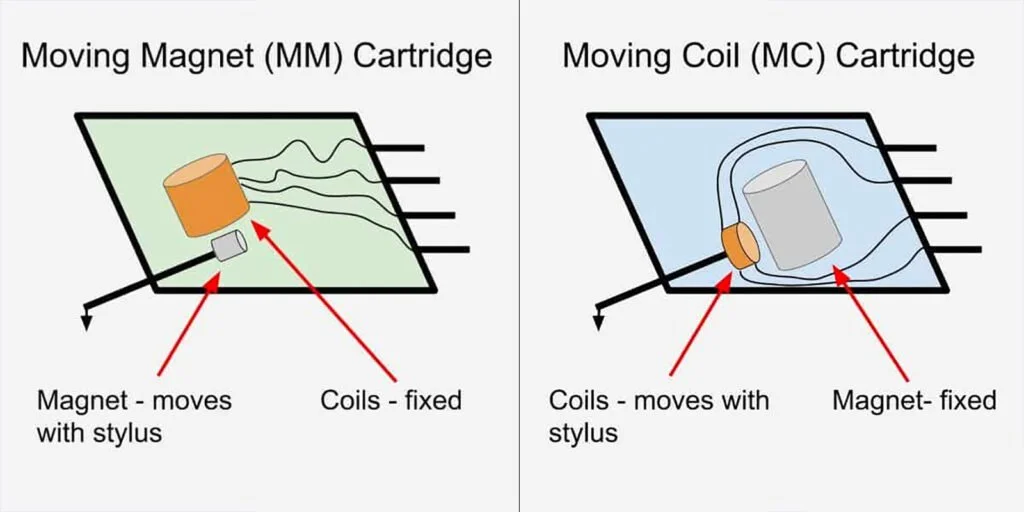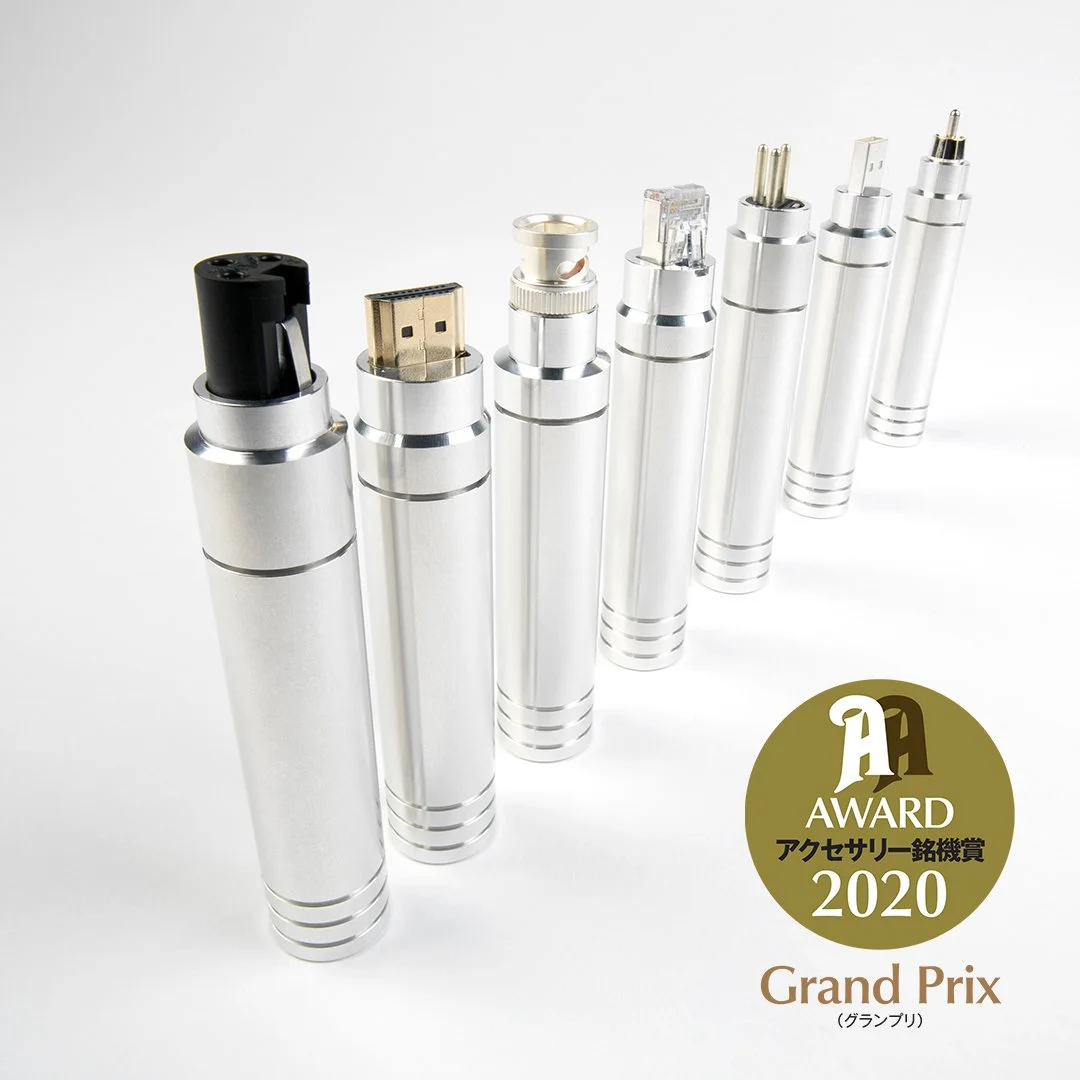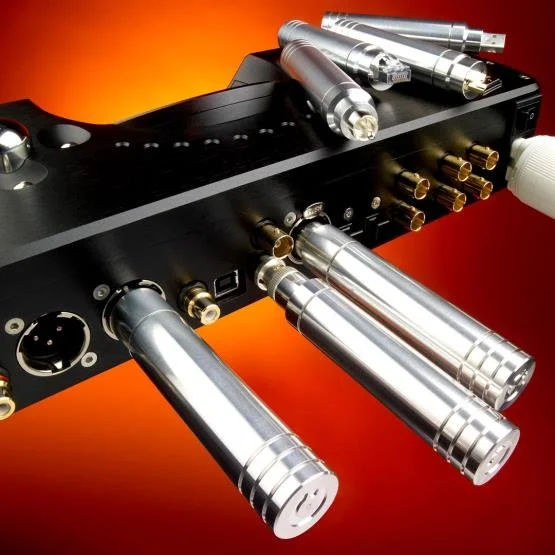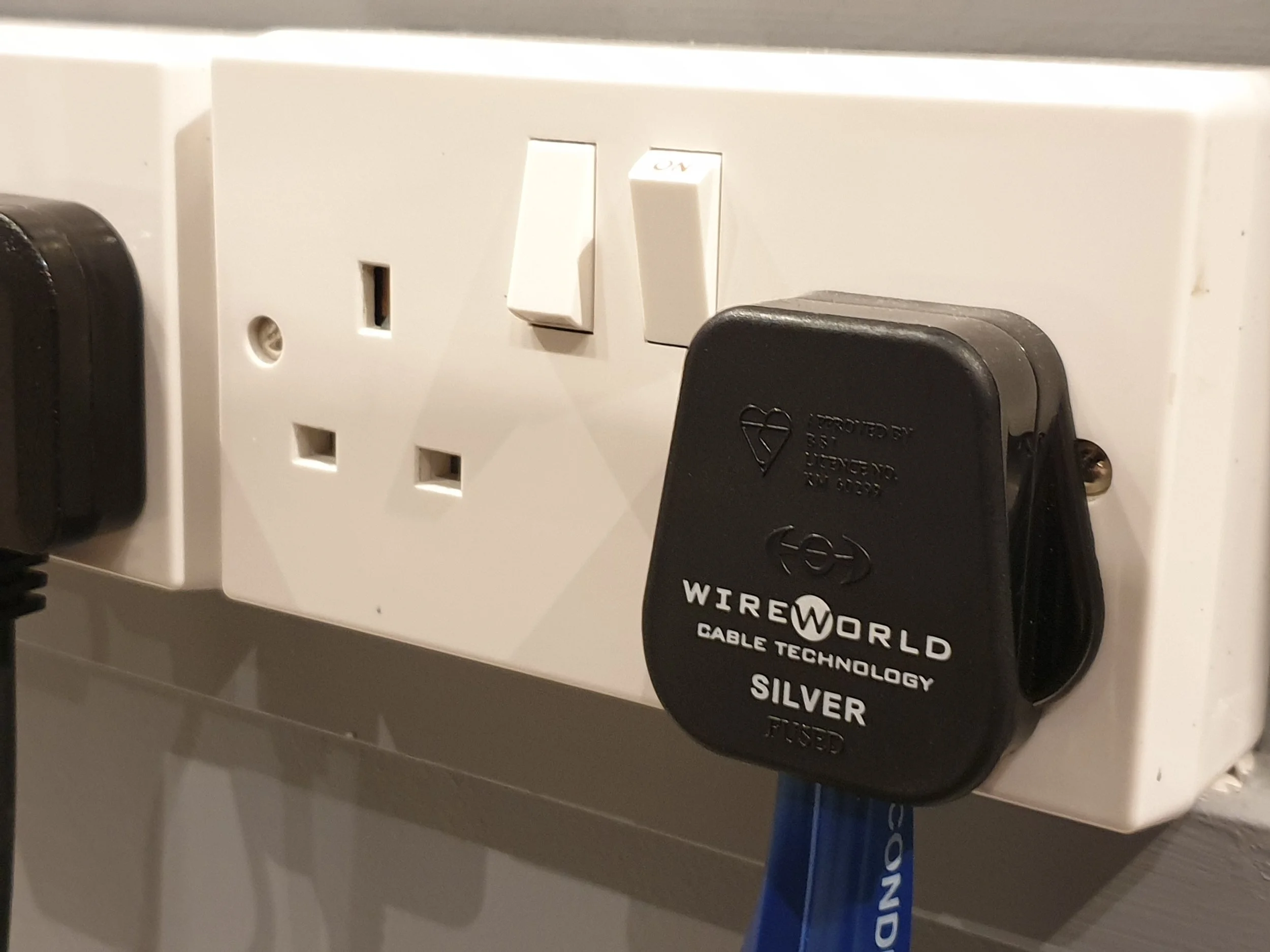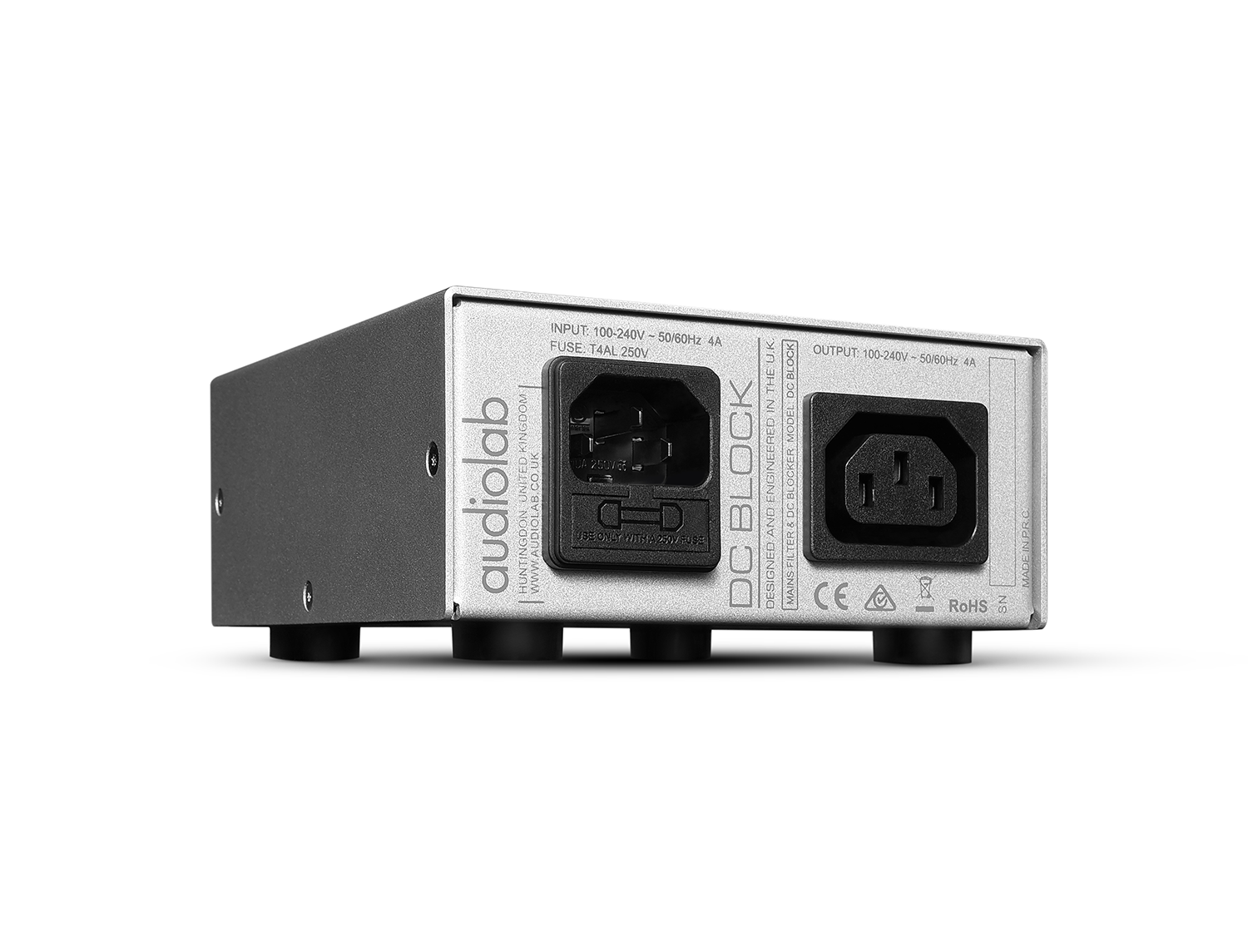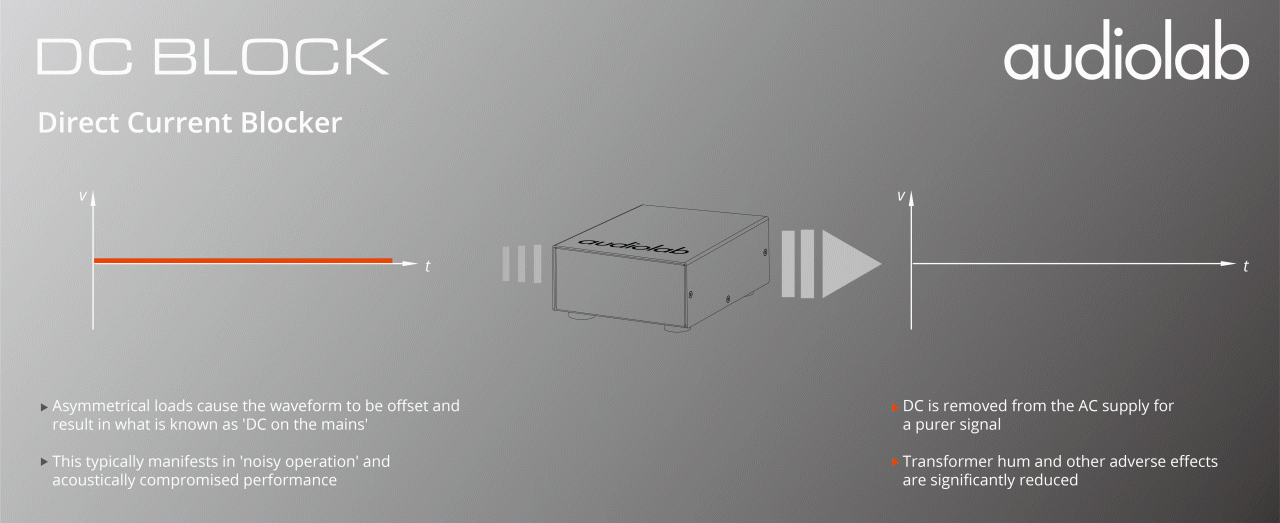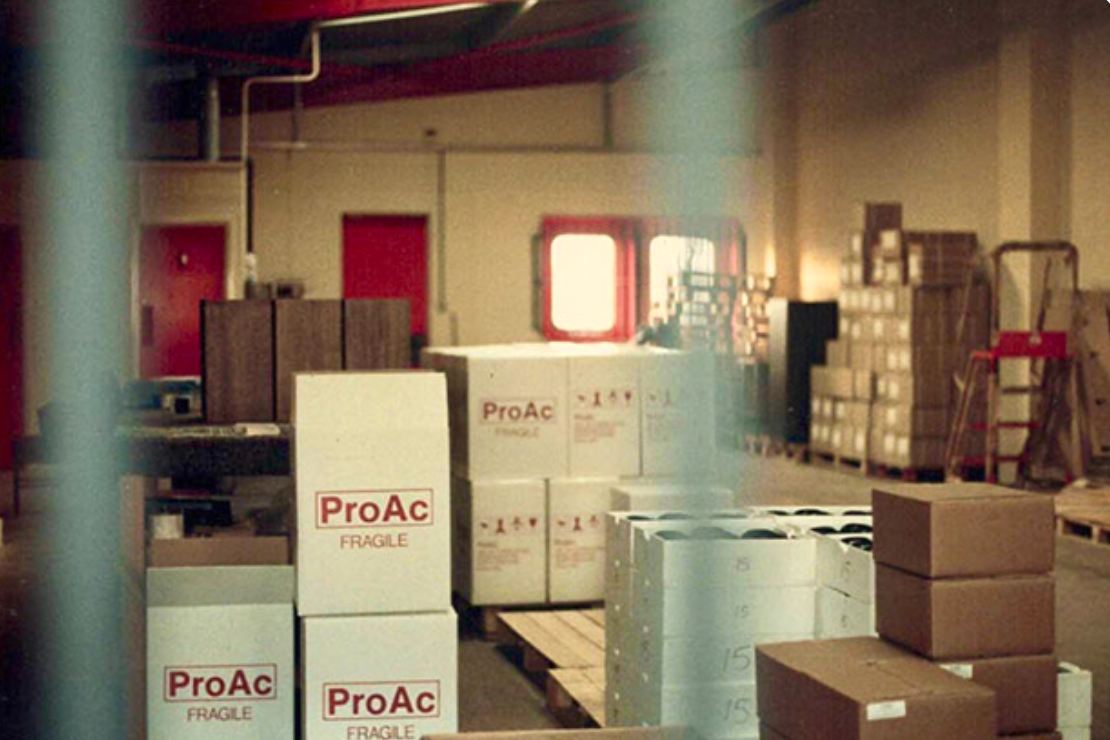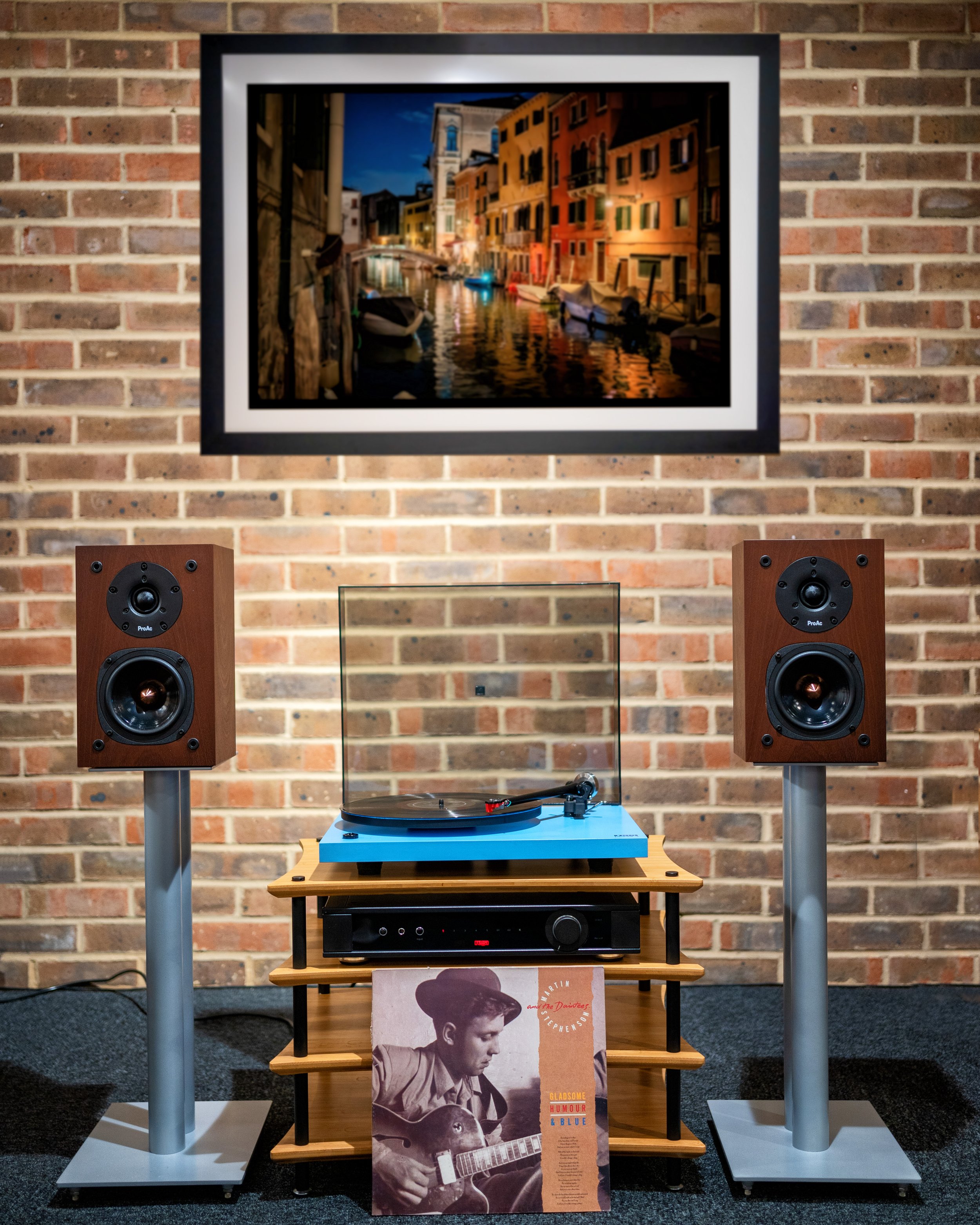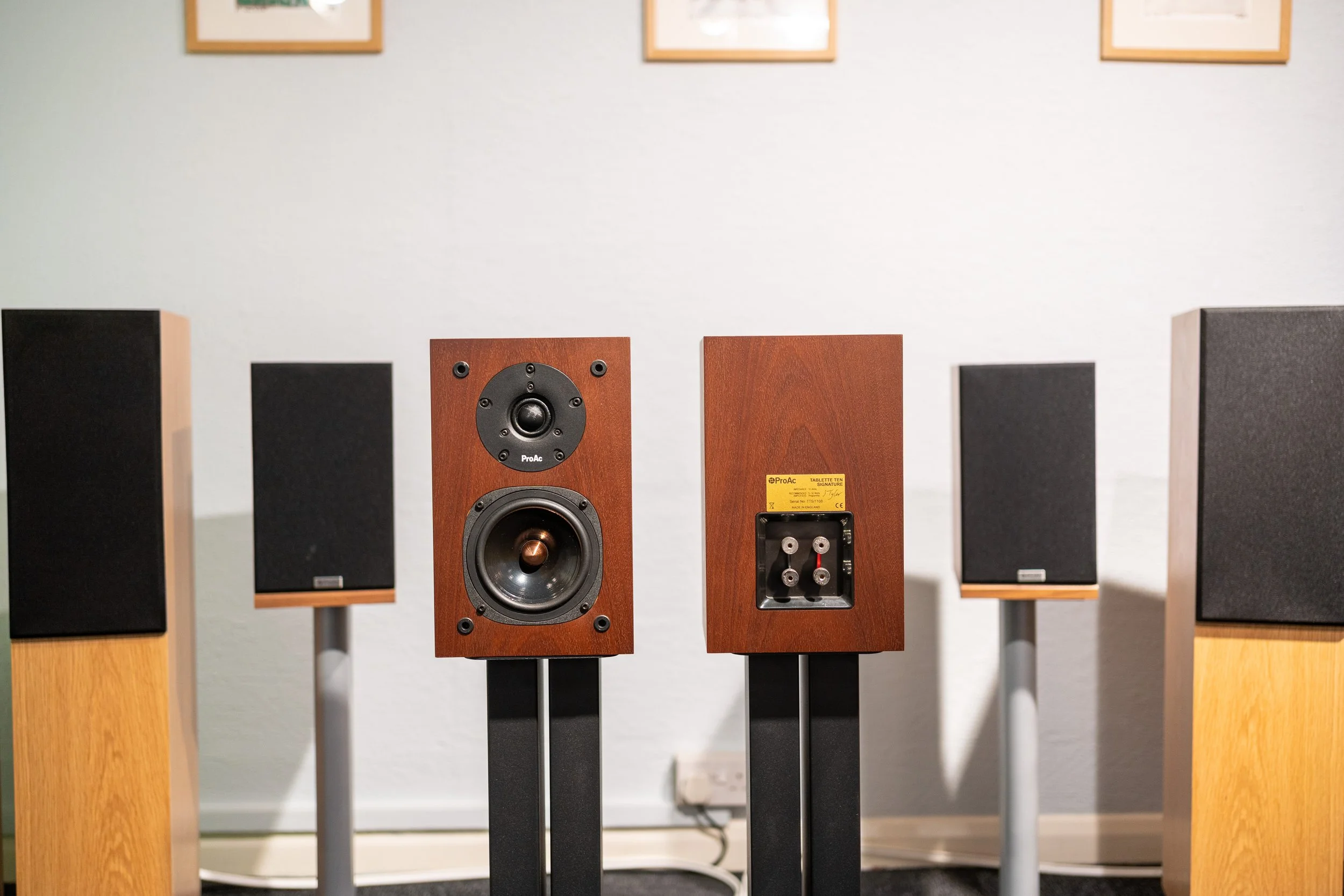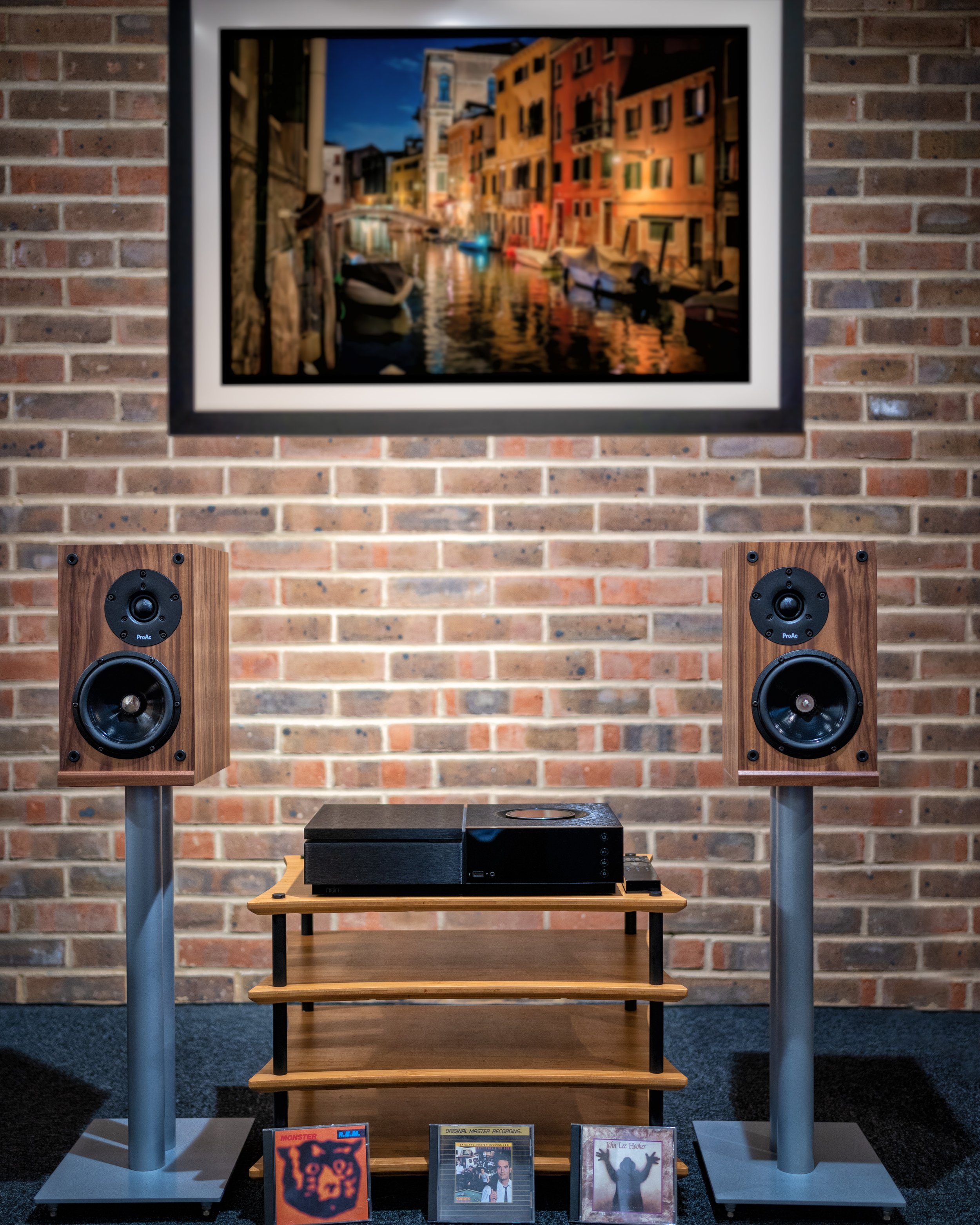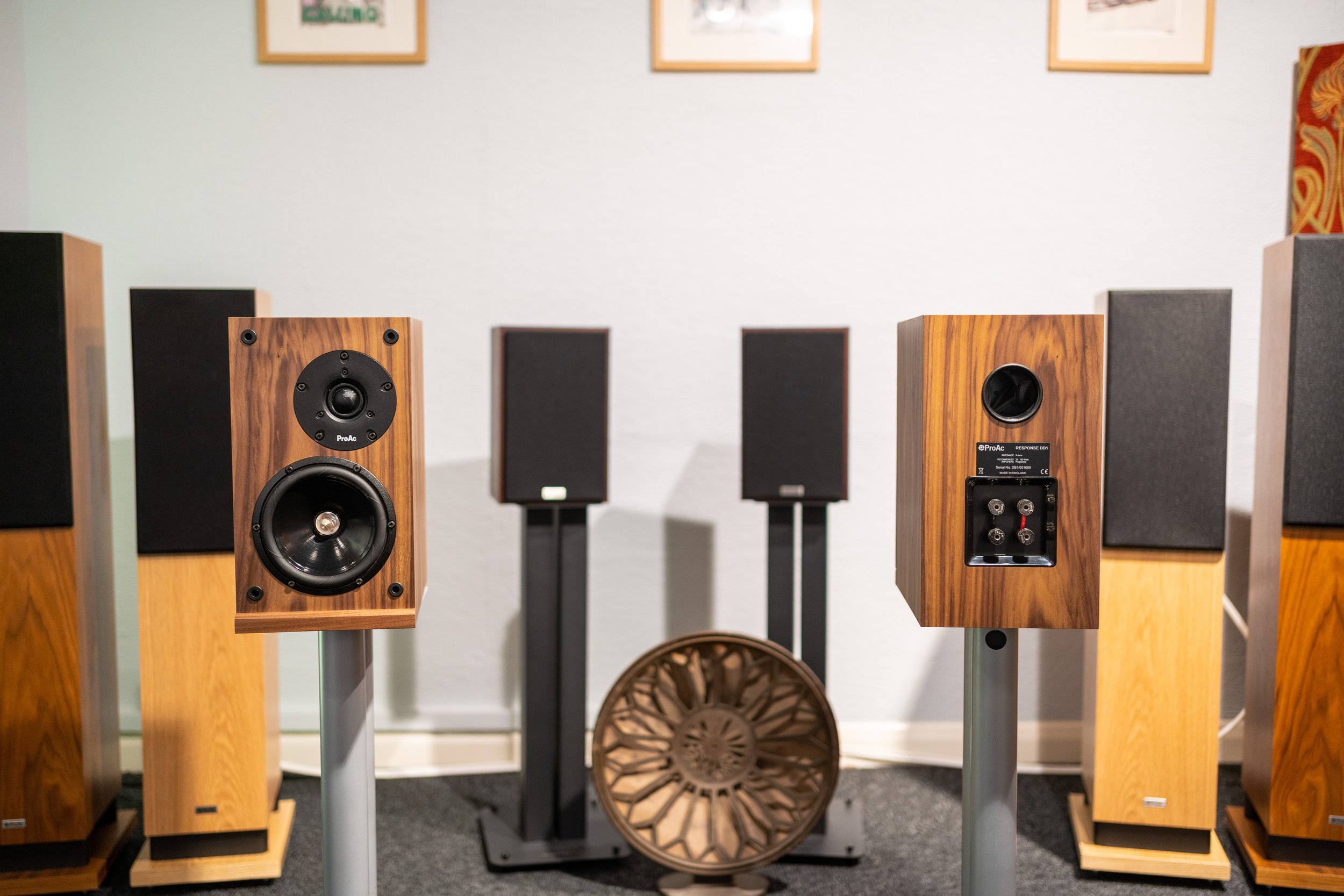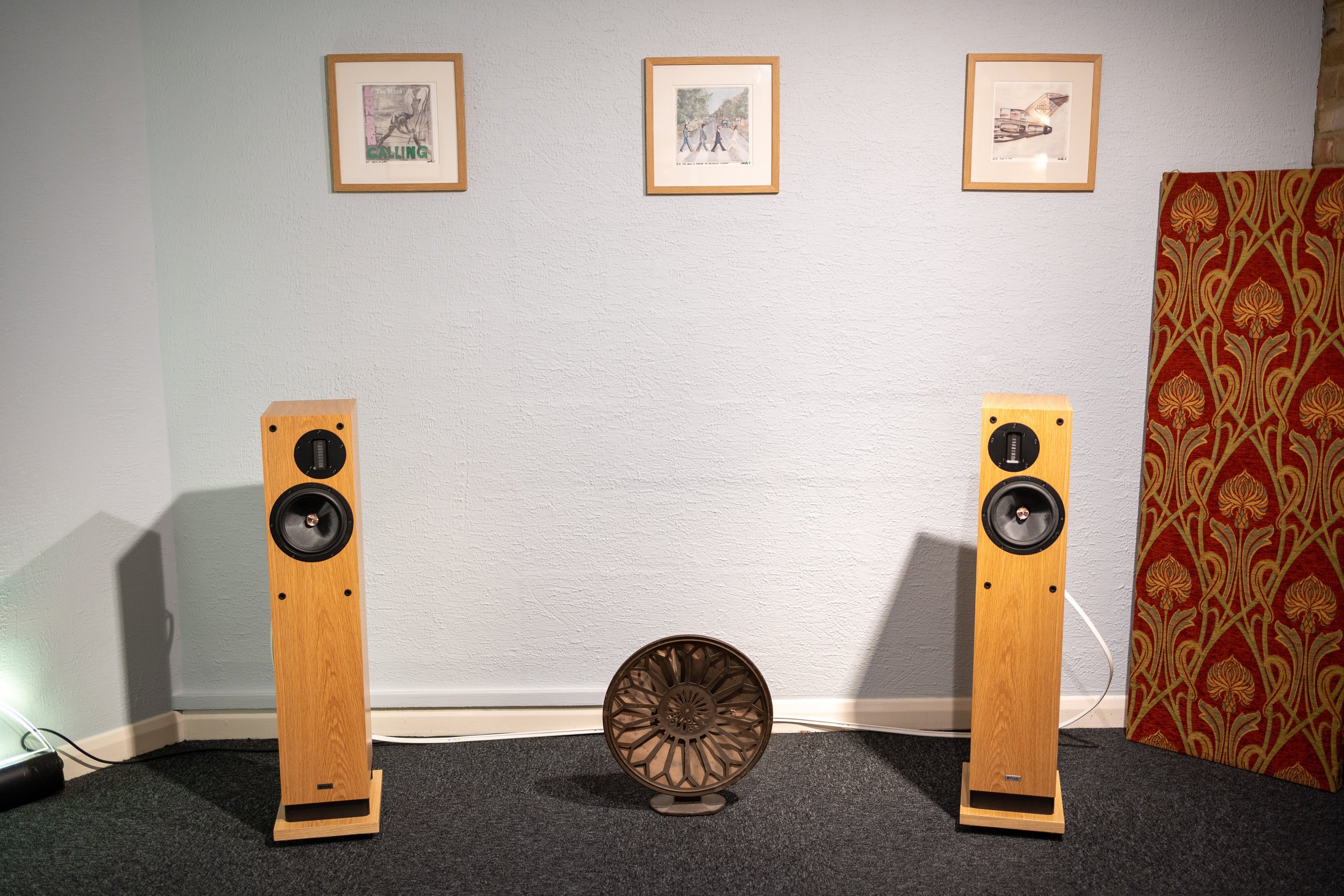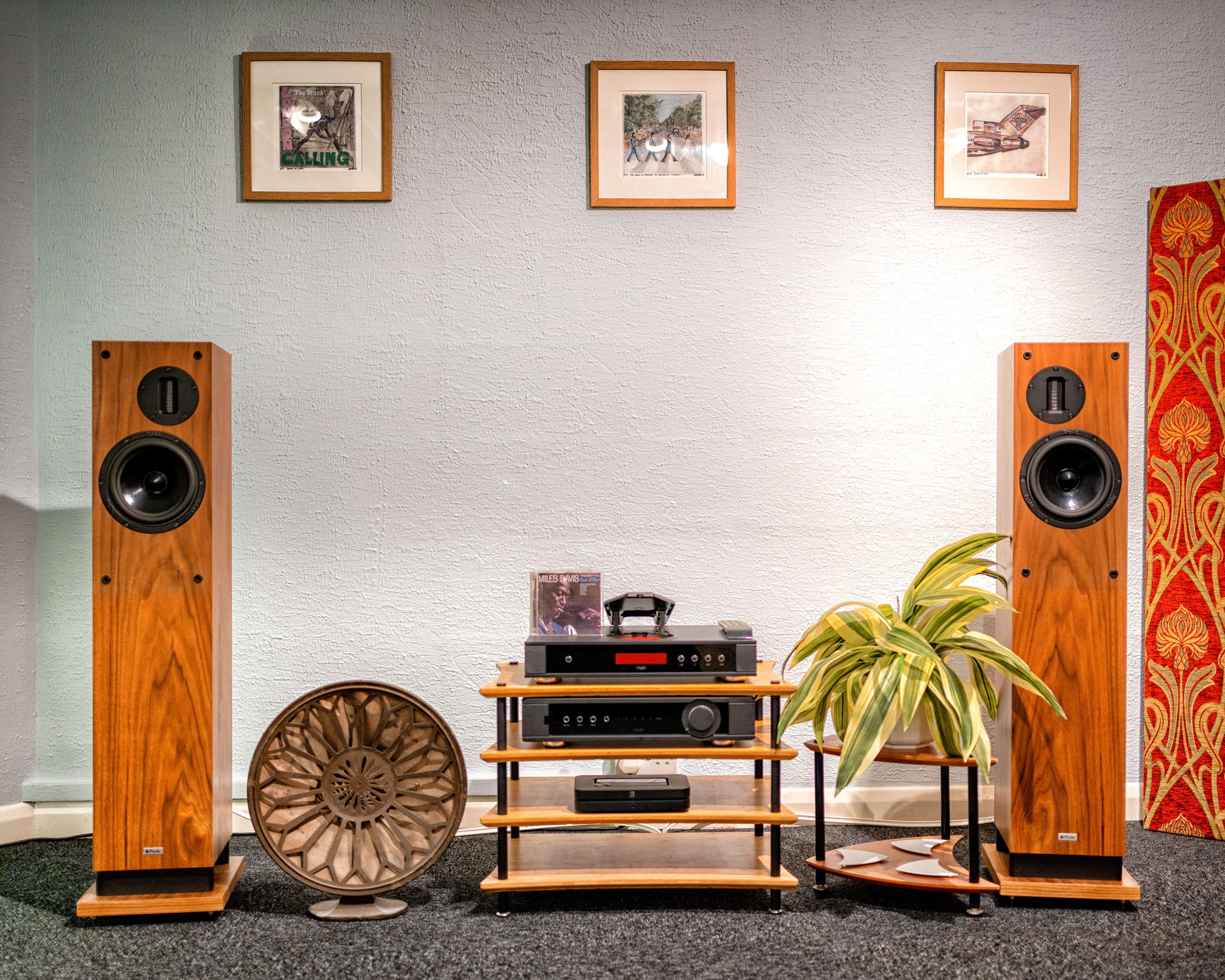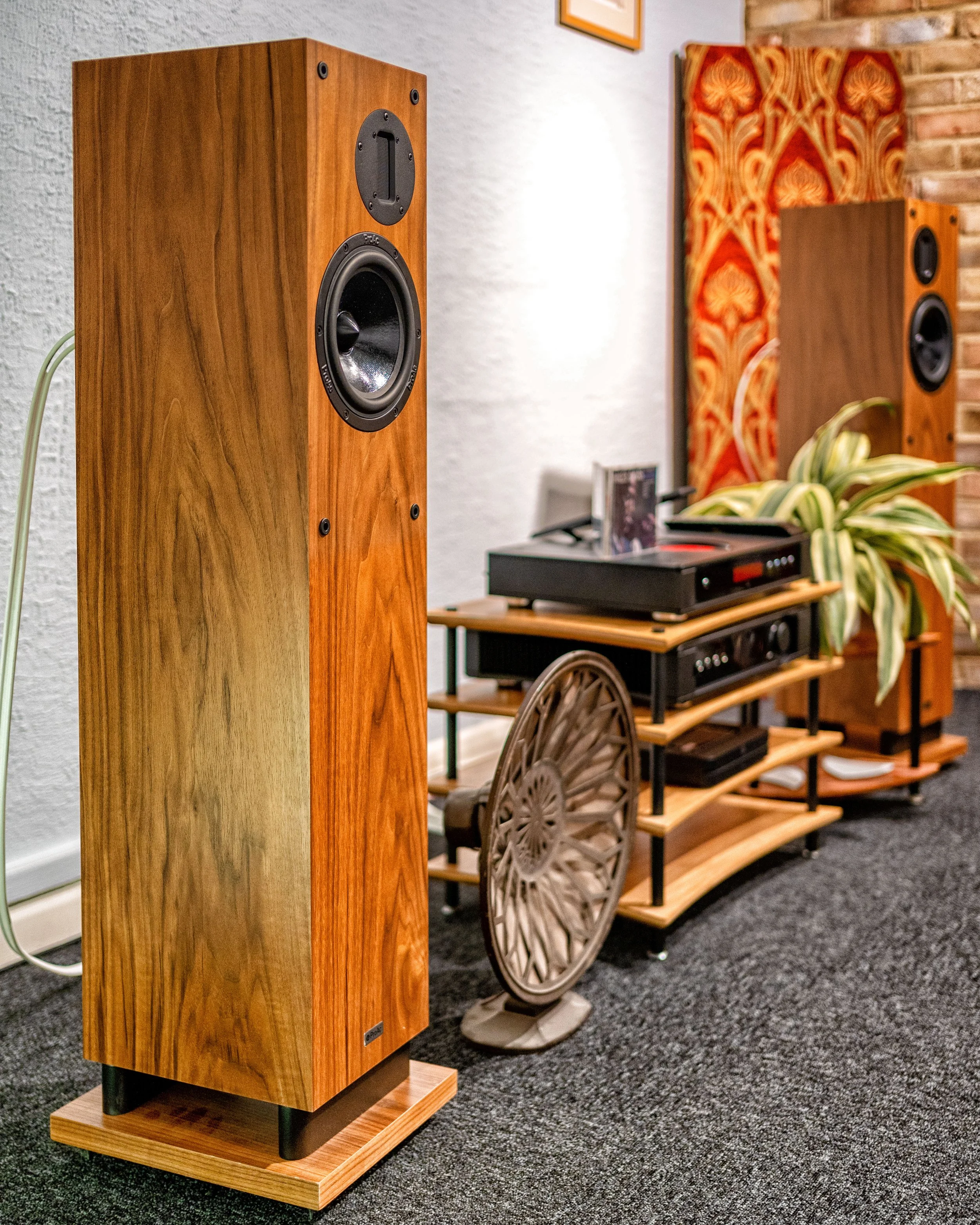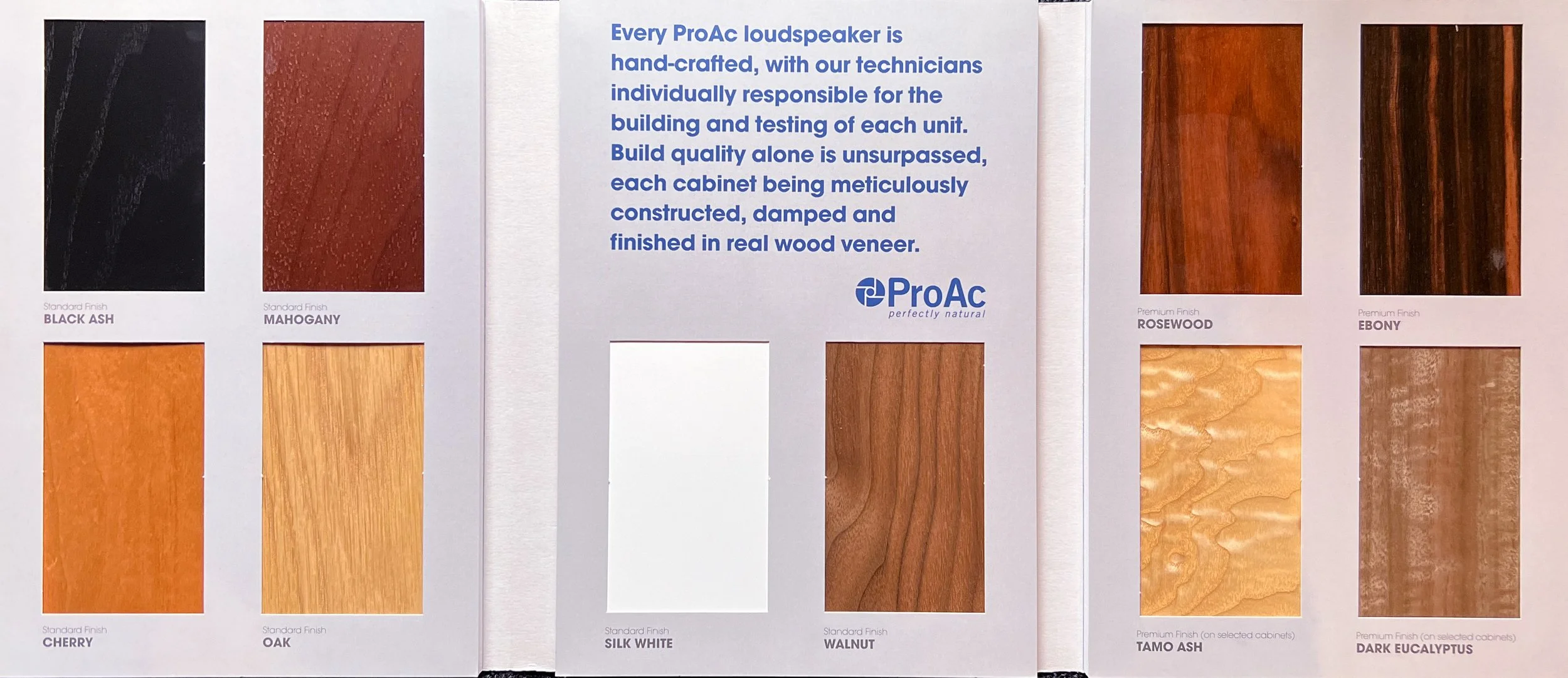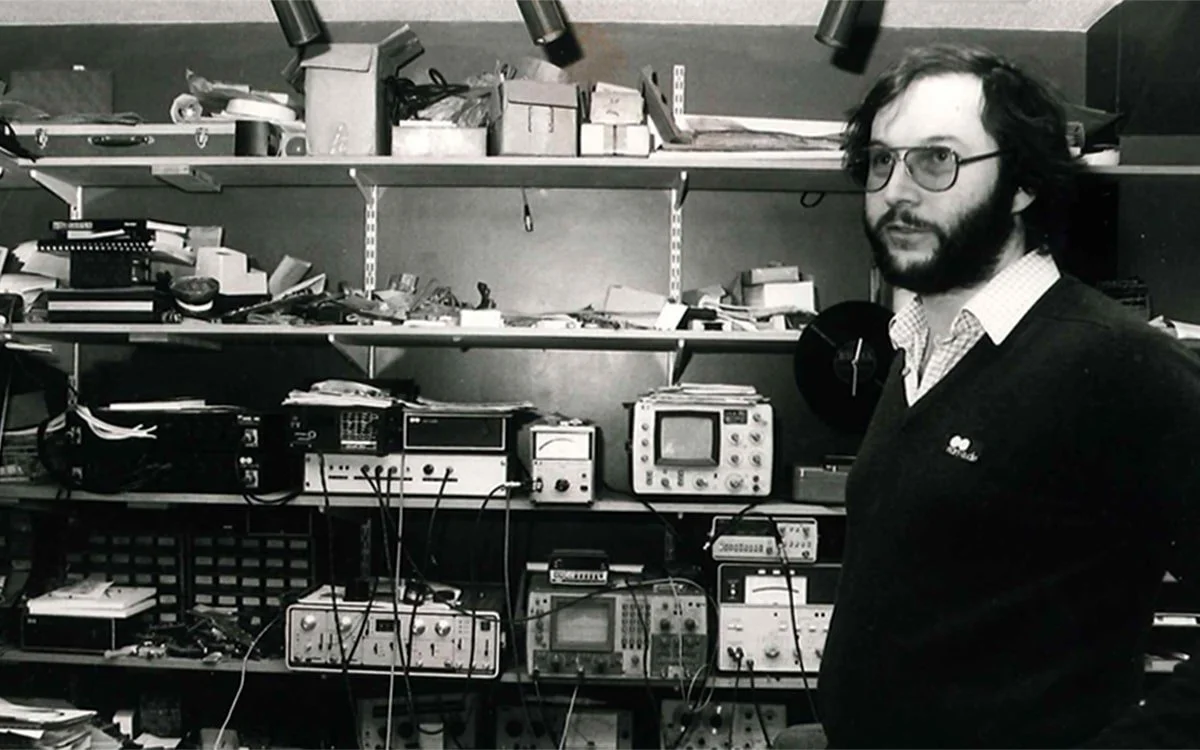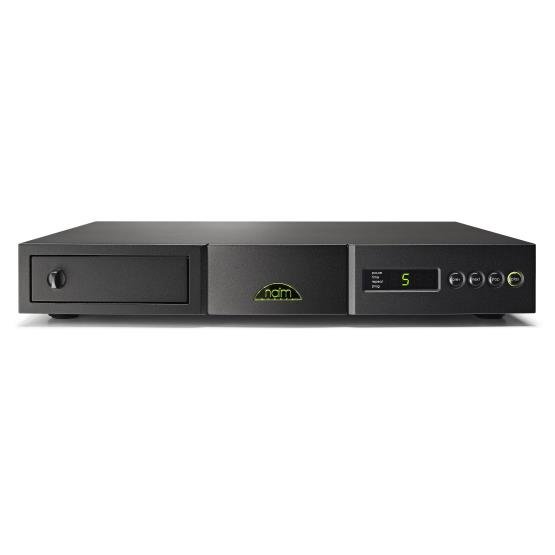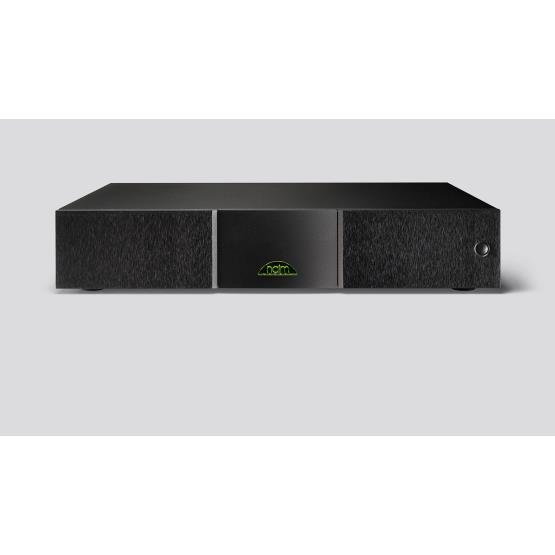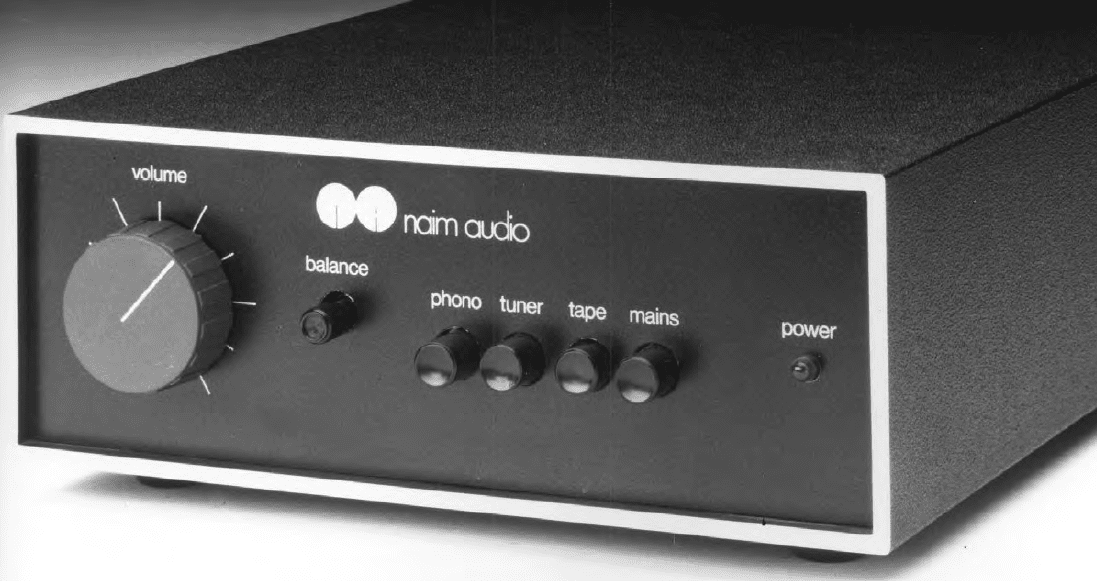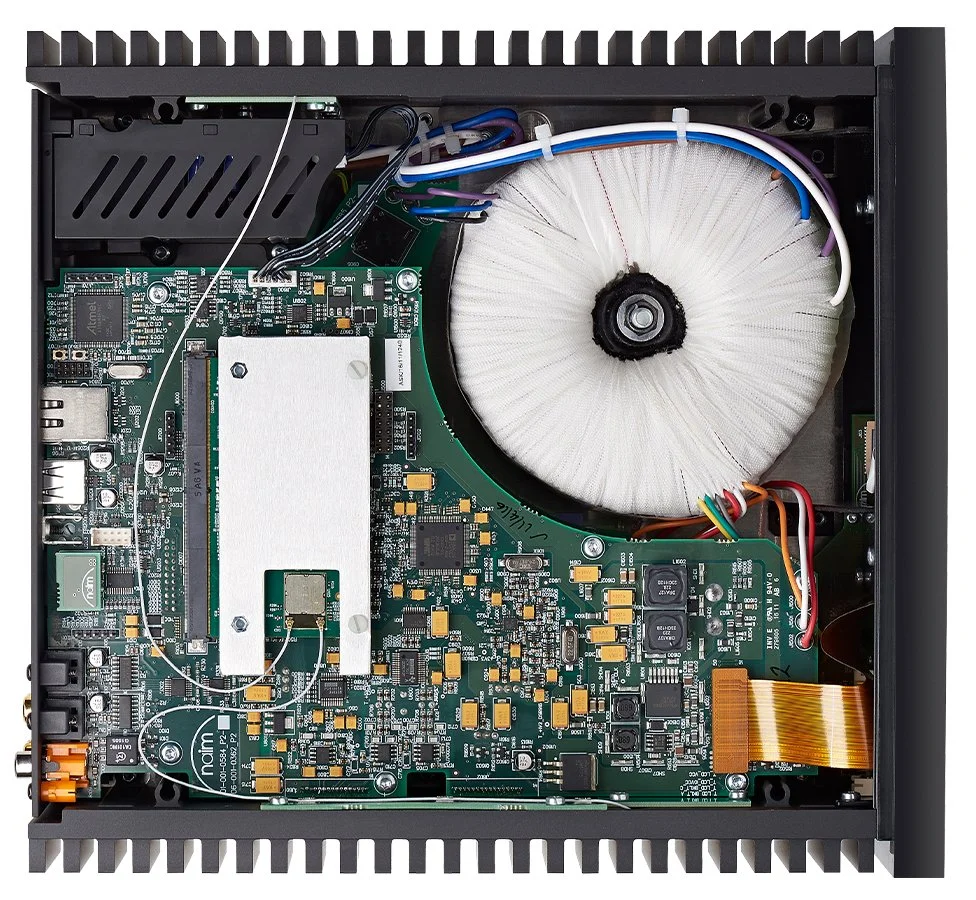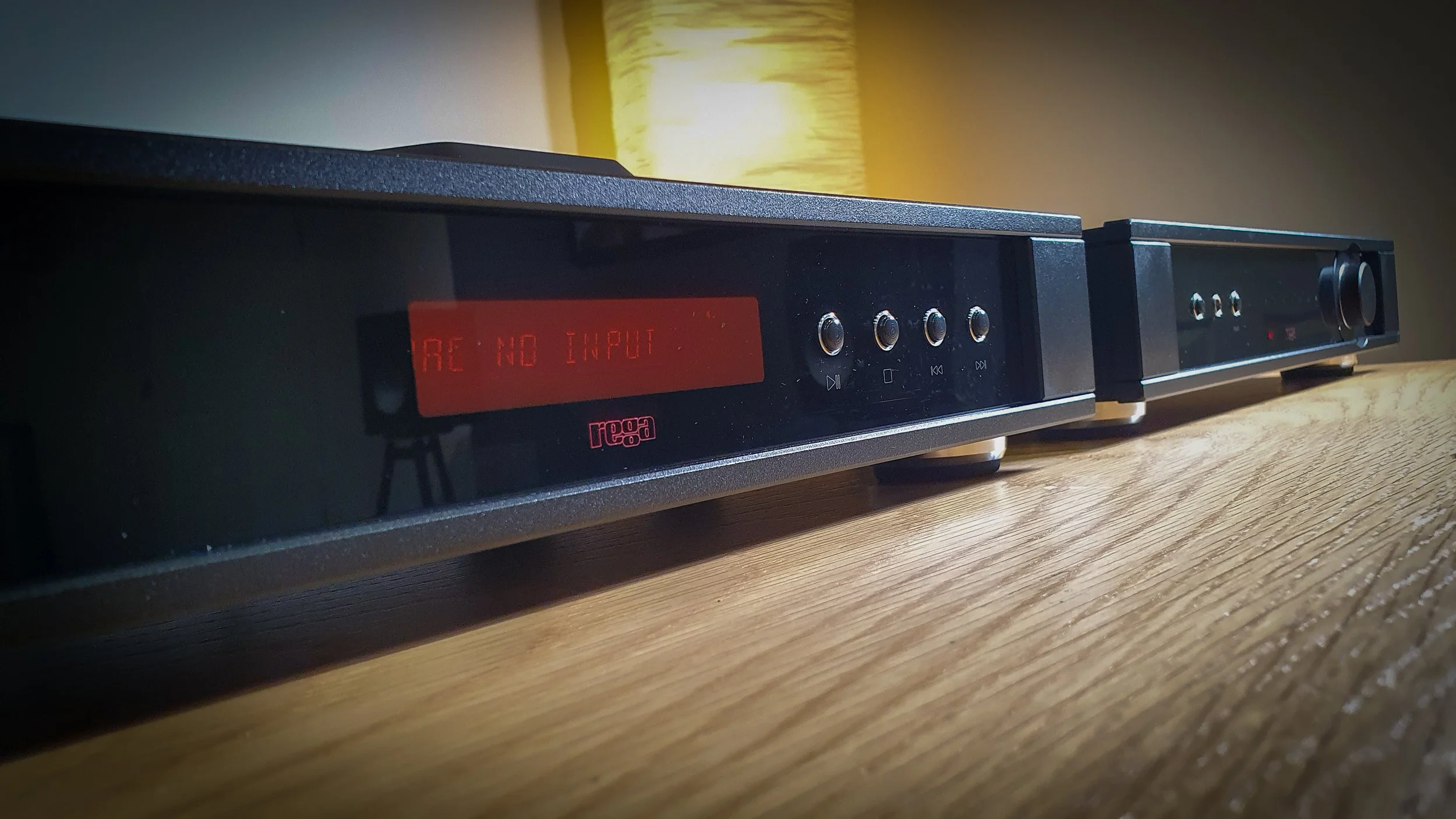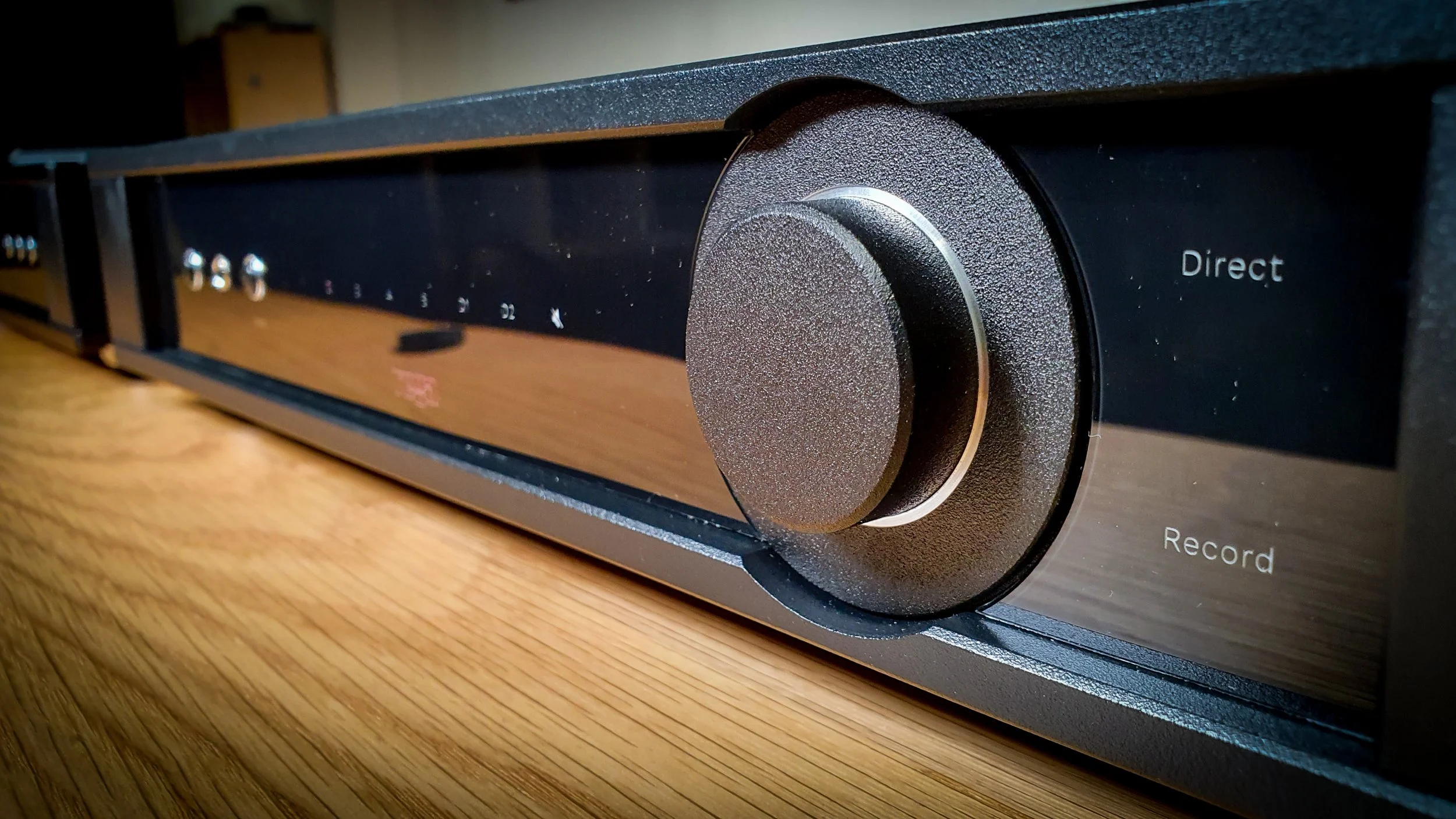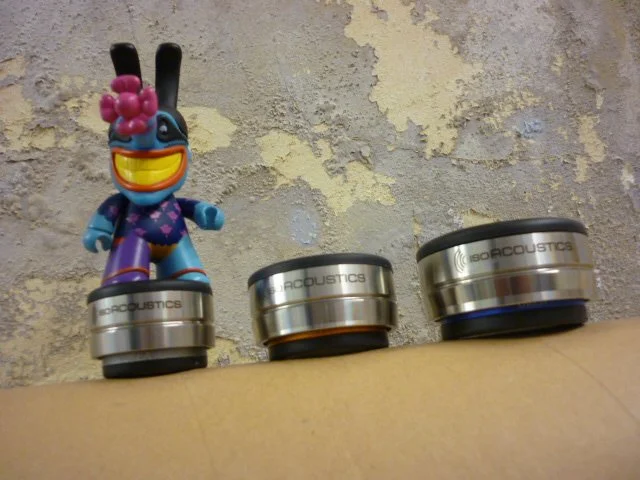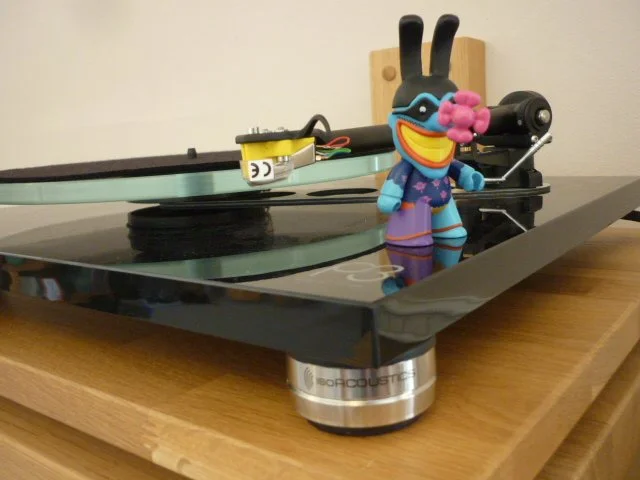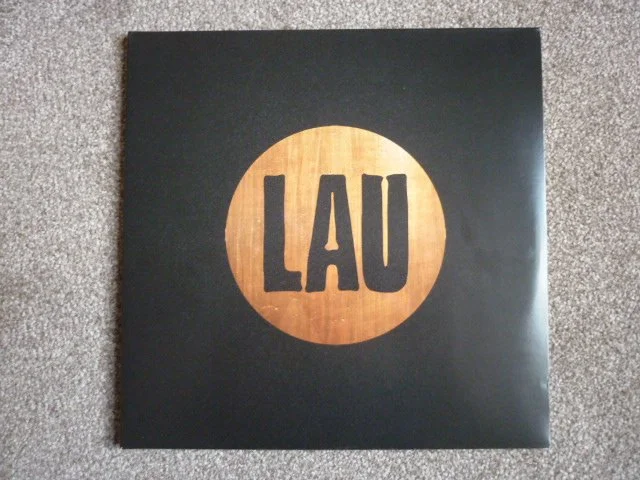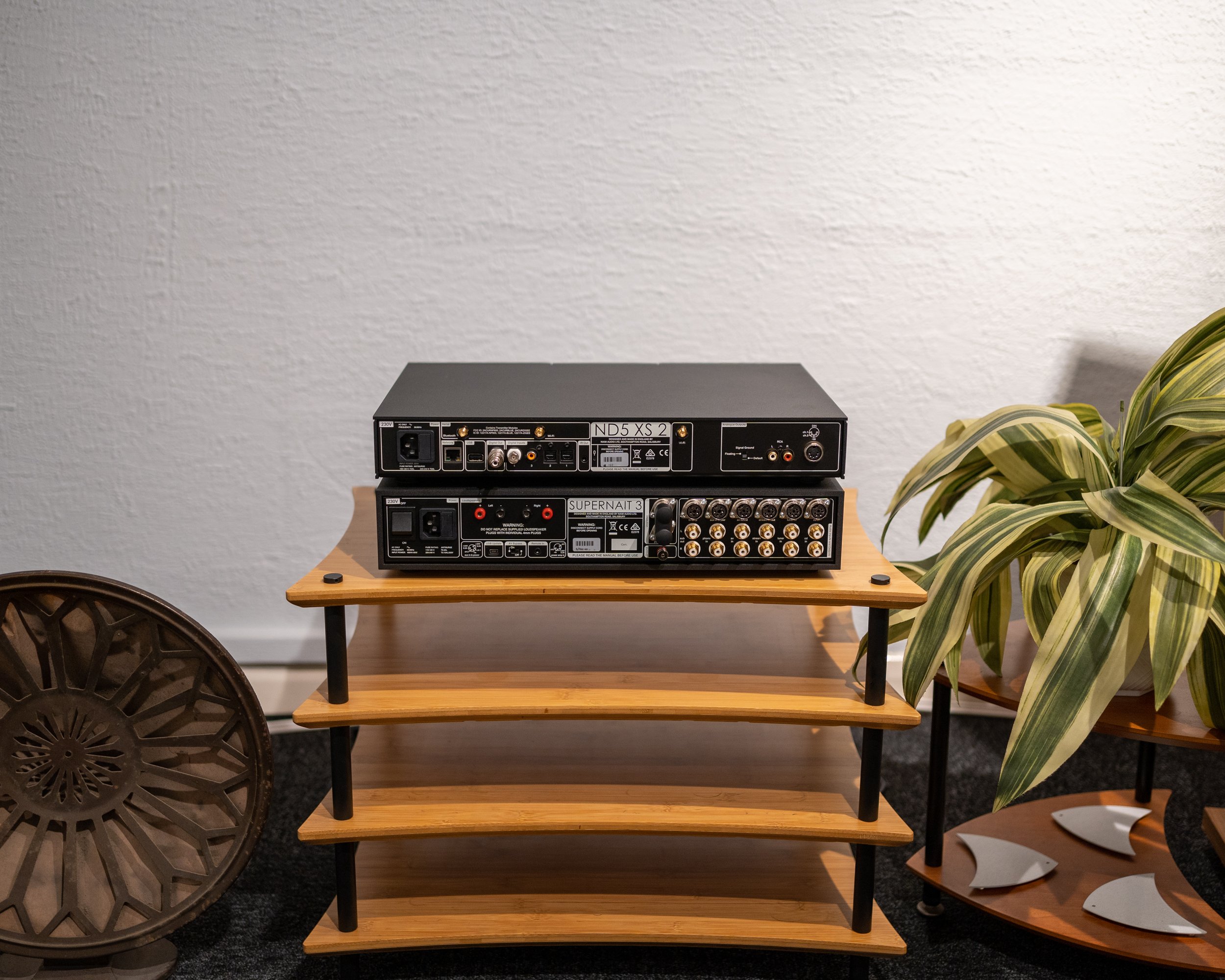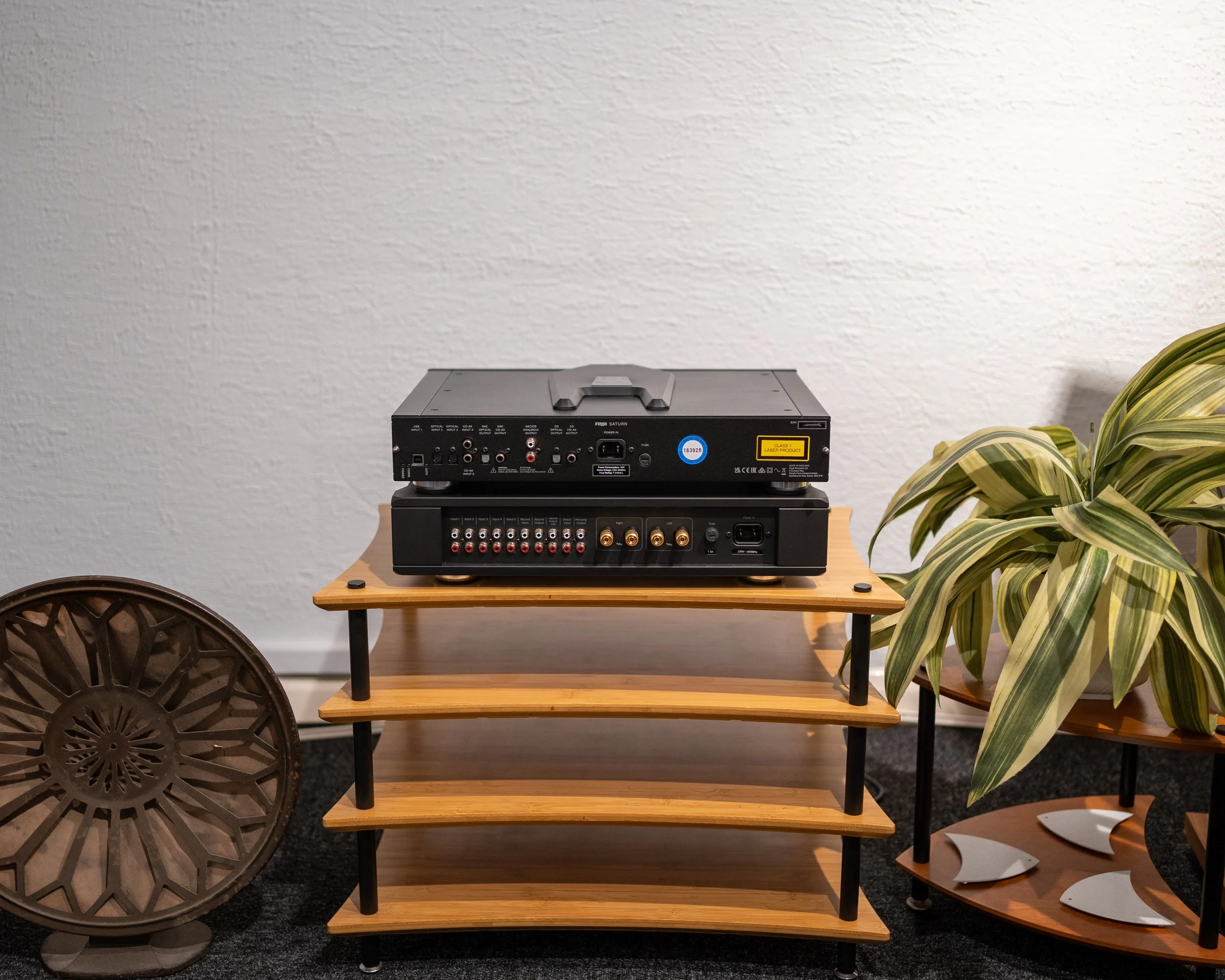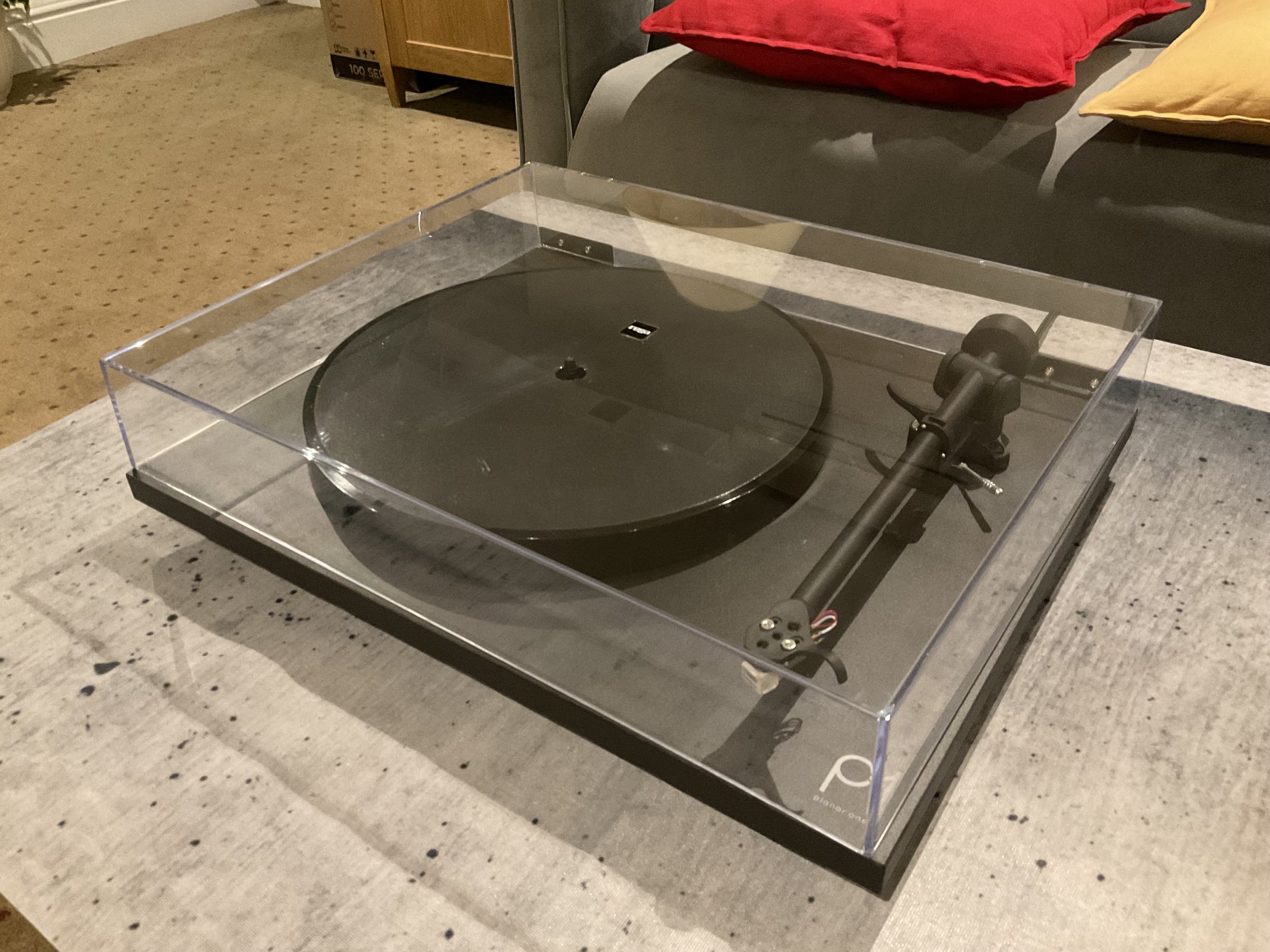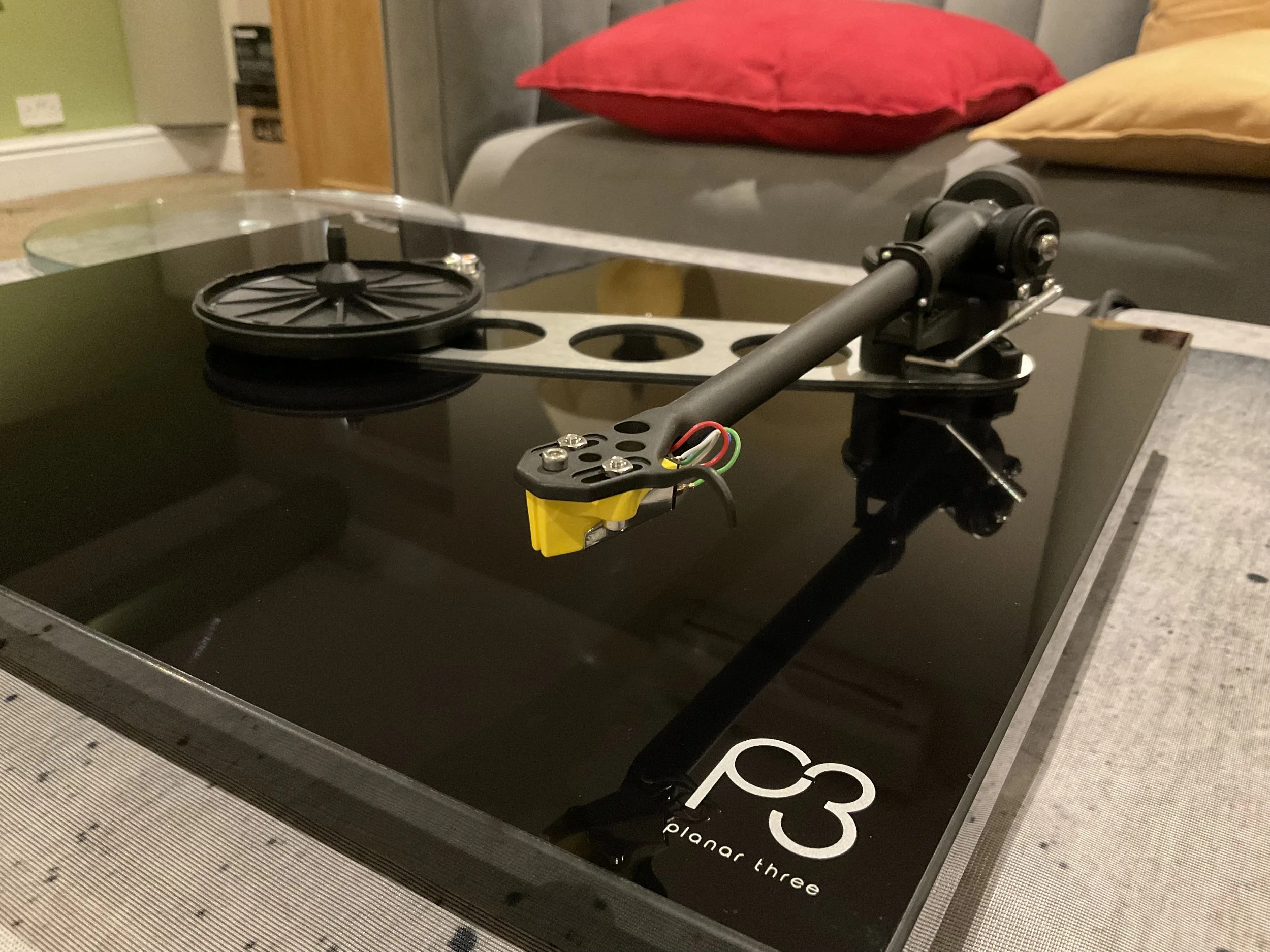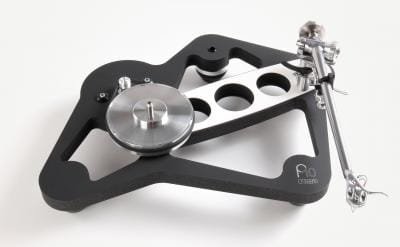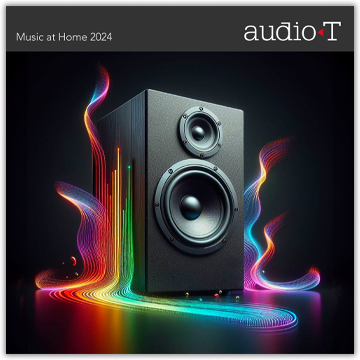音 OTO, The Japanese for “Sound” - Introducing Audio Note's Modern Day Classic - The OTO Phono SE Signature Amplifier.
/The common misconception with valve amplifiers is that they measure badly in signal to noise ratio, distort, lack drive, resulting in poor bass extension and poor treble detail. This could be applied to any amp regardless of technology used, but it isn't. How does the Audio Note OTO sound? Why might it be right for you?
Justus von Liebig, the founding father of organic chemistry, somewhere in the mid 19th century turned his attention to food - how to make bread lighter, the chemistry of coffee making and, most notably, found a method of applying heat-autolysis to a sticky tar black residue created when brewing beer to create a yeast extract - add some salt and veggie flavouring and you get something vaguely edible - Marmite - a British cuisine icon.
Researching for this article throws up forums bursting at the seams with raging audiophile culture wars arguing for and against valves for all the reasons mentioned above. I'm going to be contentious here and summarise this as a Marmite argument. Because until you’ve tried it - How do you know if you Love it or Hate it?
UK Brighton based manufacturer, Audio Note are viewed by many as the mavericks of Hi-Fi. Free thinkers, eccentric,bold and quirky. But, this allows them to do things very differently. Unlike most manufacturers Audio Note have huge control over their components and materials - home folded capacitors, resistors, even the quality of steel/iron used in the windings of their own transformers. No detail is overlooked to produce products for Music's Finest conductor. Indeed, the detail results in no less than 8 variations of this integrated amplifier.
The Single Ended Triode (SET) is an exotic species amongst the Asian carp of modern solid state transistor amps. The OTO's first incarnation was over 25 years ago, The countless improvements and iterations have lead to a design that is well honed. The OTO is available in a variety of Push-Pull (Level 1) and Single Ended (SE Level 2) versions. The OTO PP models have been specifically engineered for sonic performance rather than technical specification, and fulfil all Audio Note (UK) Level 1 criteria:. The OTO SE models fulfil all Audio Note (UK) Level 2 criteria: - Pure Class A Push-Pull Pentode operation, topping out with the OTO Phone SE Signature featuring in house Audio Note Copper foil capacitors,, 1 Watt Ni-Chrome resistors used in the most critical areas, Audio Note (UK) KAISEI NP and KAISEI standard electrolytic capacitors. SHiB copper / copper c-core output transformers,
The model we have is the OTO Phono SE. This is single ended with a valve complement of 1 x ECC82, 2 x ECC83, 1 x 6DJ8 (phono stage), 1 x ECC83 (Phono stage) and 4 x EL84 producing 10W. Speaker selection is crucial when dealing with low output valves amplifiers, but this is something of a fallacy. Some talk is of minimum 100dB/2,83Vrms to really get the best out of valves. But, this seems to be aimed at badly designed valve amps, since the OTO is happy driving an 89 db speaker with no issues.
Setup
We setup the OTO within its own family of Audio Note components and with a few different source and speaker options:
Full Audio Note System
Audio Note CD 2.1x CD Player
Audio Note TT3 with IQIII Stylus Turntable
Audio Note An-K Speakers
Audio Note Lexus interconnects
Audio Note Lexus speaker cables
Components tested with the OTO:
Chord Odyssey speaker cable
Rega Saturn Mk3 CD player
Rega Planar 8 Ania Turntable
Harbeth C7ES-3 XD speakers
Harbeth M30.2 XD speakers
B&W 704 S3
Listening
The OTO plays well with other components particularly with the Saturn and Planar 8 options from Rega. It also seems really well suited to Harbeth speakers. There is no denying though, the Audio Note AN-K speakers with the TT3 turntable and CD 2.1 CD Player complement the OTO a little better, though the difference is not night and day.
Hi-Fi is ultimately about tuned electrical circuits refined to create the best possible music reproduction. Anyone who likes music can immediately appreciate the value of High-quality sound reproduction;
"It doesn't take a "golden ear" to know what sounds good", Robert Hartley, high Performance Audio Systems.
The Audio Note high-fidelity music system focuses on all the great music recordings produced through the ages, and their philosophy is that a great system should be able to play music across a spectrum of recording quality from poor to exceptional, and in an engaging and convincing musical fashion that rewards the listener regardless of what they want to listen to at any given moment. So, with this philosophy in mind we fired up the OTO and cranked through some albums.
Talk, Talk, The Colour of Spring rich instrumental textures with Hollis's melancholy voice soaring over the rich layers makes this pop, synth album a challenge for any system. The OTO presents a rich tapestry that doesn't flatten the textures that seems to happen with 80s thin recordings. The White Stripes, Elephant, no surprise how great this sounds. White's fastidious recording technique using eight tracks and pre-1960s gear needs to be heard on a valve amp.
Moving to a classical selection - Karl Bohm and the Berliner Philharmoniker Mozart Symphonien Nos 35-41 are clear with great stereo imaging , positioning of instruments and a texture that feels just right. Jonathan Sheffer, EOS Orchestra, Gershwin Rhapsody in Blue presented lovely detail in the opening clarinet solo, with the huge dynamics being handled perfectly. Doors, L.A. Woman, again presents sharply defined, oozing all the drama of the musical intention. This is sometimes lost, messy and tangled in sum systems, but not with the OTO. BB King, The Collection 20 Master recordings is quite a hard live feel. It has a nice spacious soundstage. BB’s vocals are strong and clear and along with his guitar sit front and centre. All other instruments spread out nicely.
Conclusion
The OTO excels at superb presentation of instrumental timbre, a sweet mid range and a clear detailed transparent treble that is never edgy, brittle or overly forward. The immediate effect is beguiling, culminating in what any great Hi-Fi should make you feel - the urge to indulge our passion and play more music.
Let's remember it took the work of two marketing geniuses to come up with the Marmite Love it/Hate it campaigns and create a modern day culture war around yeast extract. The Audio Note OTO is the growing up HI-FI “you never grow out of”.
No one but you can decide if a tube amplifier is ideal for your system and, as we always suggest, an audition of the OTO should be on your list - You may love it!
Thanks for reading.
Max, James & Justin - Audio T Bristol
If you have any questions about any of the equipment featured in this article, or any other Hi-Fi or home cinema enquiries, be sure to Contact Us.
If you’ve enjoyed this, why not go ahead and read some more of our other blogs, and be sure to follow us on our social media channels below…
You might also be interested in reading the following…














